BIODIVERSITY IN THE WOODS AROUND NESACTIUM
Nesactium is an important archaeological site, a place where a Roman town once stood, and a pre-Roman one before that. But this isn't a post about that aspect of Nesactium.
I visited the lush woods around the archaeological park on a few occasions in June, where I photographed some interesting small invertebrates and plants. Today, I'm ready to show you all that in a lengthy post with quite a few interesting species.
This photograph shows a small chunk of the scenery and conveys the overall atmosphere I experienced in the woods. You can see a leaning trunk of a tree and various low vegetation around it.
Here you can see the woodlouse I found on the ivy that was covering the ground around the tree. The scientific name of this species from the Armadillidiidae family is Armadillidium vulgare.
In the same shady area under the trees, on the leaves of ivy, I also photographed this crane fly.
From some angles, when illuminated with the flash, its wings appeared beautifully iridescent.
The scientific name of the species is Dicranoptycha fuscescens.
It belongs to the Limoniidae family.
After about ten minutes in that place ...
... I decided to spend some time in the narrow, open space by the side of the road that leads through the forest.
The plants there looked great when photographed against the dark background provided by the shady area under the nearby shrubs and small trees.
This photograph shows two plants, the nettle-like Melissa officinalis and the young shoots of the climbing shrub Clematis vitalba.
Here you can see an interesting bush cricket nymph posing on the leaf of the Melissa officinalis. The scientific name of the species is Acrometopa macropoda.
This shot shows the same nymph from a different angle.
The area covered with Melissa officinalis and grass was teeming with life. I found quite a few interesting small invertebrates there.
This highly decorative isopod with intricate markings, which is resting on the upper surface of the Melissa officinalis leaf ...
... is the Philoscia affinis ...
... a woodlouse from the Philosciidae family.
On the leaf of the tall Hordeum secalinum grass, I found an insect I had never seen before. It was one of those exciting, unforgettable experiences that happen rarely becouse I explored the area thoroughly over the last few decades. Chances to see a species for the first time are fairly low for me in this place.
This is the Dichrostigma flavipes, a snakefly from the Raphidiidae. Snakeflies belong to the small order Raphidioptera with only two families, Raphidiidae and Inocelliidae. Their common name derives from the elongated thorax and the mobile head that makes them appear a bit snake-like in certain movements.
These predatory insects that feed on small prey such as aphids and mites spend most of their adult lives in the canopy of the trees. The Dichrostigma flavipes shown in these photographs is a female. The pretty long, saber-like organ on its abdomen is an ovipositor.
Here you can see a Leptophyes punctatissima bush cricket female resting in an interesting pose among the leaves near the top of the Melissa officinalis plant. On a nearby plant of the same kind ...
... I photographed this spider from the Philodromidae family, a Philodromus dispar female.
Dactylis glomerata grass was in bloom. Among the tiny flowers at the top of the plant, I found this bug from the Miridae family.
Here you can see two bugs of that same species on another ear of Dactylis glomerata grass. If you compare the sharp one in the foreground of these two shots with the blurred one out of the shallow in-focus area or with the bug in the previous photograph, you'll notice some differences in the color and markings. That's becouse the bug in the previous image is a male, while the sharp bug in these two shots presented in one image is a female.
The scientific name of this species that feeds on inflorescences of various grasses is Stenotus binotatus.
Here you can see a bug from the Coreidae family ...
... resting on the top of the Hordeum secalinum grass.
The scientific name of the species is Coriomeris denticulatus. Its primary host plants are various clovers.
The species shown in these two shots was already introduced, a bit earlier in the post, but ...
... but, since the color can slightly vary from individual to individual ...
... I decided to show you a slightly different-looking Philoscia affinis.
Here you can see the two variations posing next to each other.
This wide shot shows the roadside edge of the forest. The vegetation is a mix of trees, shrubs, and creepers. The dense foliage of the Carpinus orientalis tree is there. The Clematis vitalba creeping shrub as well. The Hedera helix, commonly known as the common ivy. And some other stuff. All cool, photogenic plants.
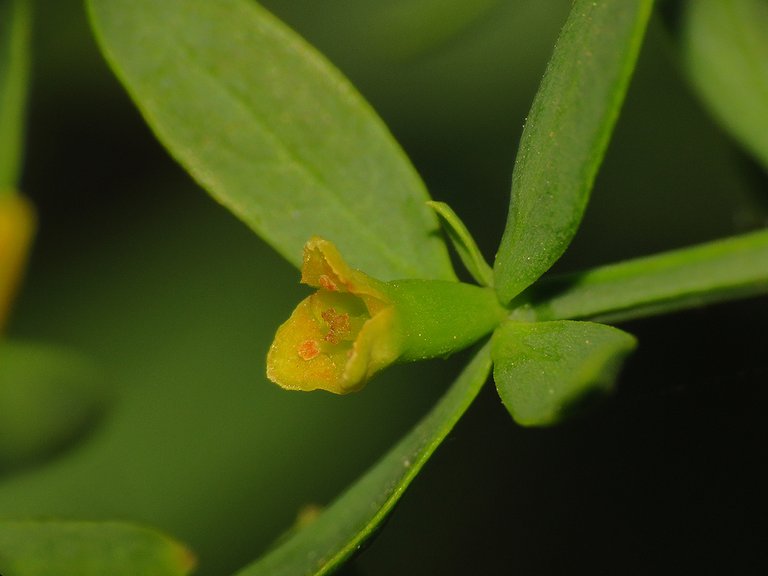
The tiny flower, seen through the macro lens in this photograph, belongs to one of the plants from that area.
The Osyris alba.
Here you can see a flower of the same kind but from a different angle.
Only one of the many Osyris alba plants on that stretch of terrain was in bloom.
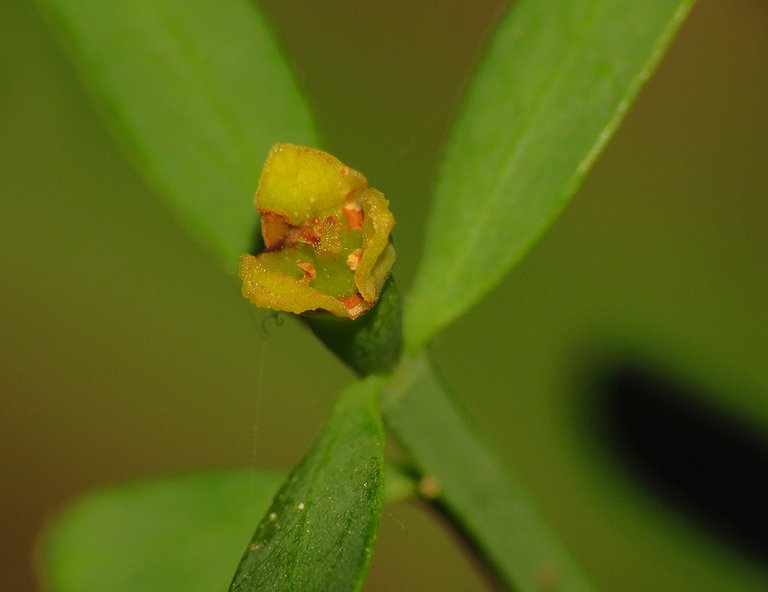
Here you can see a flower whose petals are partially withered.
The flower shown in this photograph has almost completely lost its petals.
Osyris alba is a semiparasitic shrub that can survive on its own, like other green plants, through photosynthesis, but its roots can also tap into the roots of nearby plants and extract their sap.
Here, you can see two tiny weevils...
... mating on the leaf of the Carpinus orientalis tree.
The beetles were well hidden on the lower surface of the leaf.
Here you can take a look at one of the Carpinus orientalis branches. The structure made of the bracts that hold the fruits is right in the center of the shot. You can easily recognize it becouse its shade of green is noticeably lighter than the rest.
These weevils belong to the Curculionidae family. The scientific name of the species is Polydrusus picus.
Polydrusus picus feeds and reproduces on a wide variaty of broadleaved trees, including the Carpinus orientalis. The male shown in these photographs has a nymph of a mite attached to the lower part of its body. These nymphs are only hitchhikers. They use the host to reach new areas. The adult mites are mobile and active hunters that don't need a ride.
In these two photographs, you can take a better look at the cluster of fruits on the Carpinus orientalis tree. The fruits look like smaller leaves.
This moth was resting on the upper surface of the leaf.
It belongs to the Tortricidae family. The scientific name of the species is Epagoge grotiana.
I can't tell you the name of the species here, but there is something I know for sure about the tiny insect shown in this photograph. This is an ant-mimicking nymph of a bug from the Miridae family. It could be something from the genus Pilophorus or Systellonotus.
This set of four photographs shows a moth larva.
The scientific name of the species is Lymantria dispar.
The family is Erebidae.
These caterpillars prefer oaks but can feed on many other shrubs and trees, both broad-leaved and coniferous.
Here you can see a wide shot for a change. The foliage in the picture belongs to the Carpinus orientalis trees.
This is Melissa officinalis again, one of the herbaceous plants from the narrow grassy area between the road and the trees. In the following photograph ...
... a jumping spider is climbing the leaf of the Hordeum secalinum grass. Can't tell you what species exactly this is. The family is Salticidae, of course. The genus could be Heliophanus. Maybe.
Here you can see the Isomira semiflava, a beetle from the Alleculidae family, posing on the ear at the top of the same grass.
In this shot, a tiny weevil from the Apionidae family is traveling along the blade of grass.
The scientific name of the species is Holotrichapion pisi.
Here, you can see another Holotrichapion pisi getting ready to walk across a leaf of grass that resembles a bridge of sorts.
This is Pisaura mirabilis ...
... a spider from the Pisauridae family.
The female has enveloped the upper part of a Melissa officinalis plant with silky threads, creating a tent-like nest for the spiderlings. Pisauridae are commonly known as the nursery web spiders.
Here you can see a beetle from the Elateridae family resting on the partially eaten leaf of some clover. In the following photograph ...
... I came a bit closer to the same insect. The scientific name of the species is Athous bicolor.

I saw quite a few of these beetles in June. This one is posing on the Melissa officinalis plant. The insect looked better in a horizontal composition, so I rotated the picture in Photoshop.
On one occasion, I saw an Athous bicolor on the upper surface of Melissa officinalis leaf. When I got ready to take the photograph ...
... the Lasioglossum laticeps, a small bee from the Halictidae family, landed on the same leaf, very close to the beetle.
The two looked great together.
This is the Heriaeus hirtus, an interesting and well-camouflaged spider from the Thomisidae family.
If you take a good look at all the details in this photograph, you'll notice something that looks like a long black hair or a whip of sorts touching the spider. That's an antenna of a bush cricket that came close to the spider for a second.
This is the Macrolophus pygmaeus, a bug from the Miridae family that feeds on aphids and nectar.
The tiny predator was very hard to notice on the green surface of the leaf. The leaf in question belonged to the Melissa officinalis plant.
This wide shot shows a bit of the scenery. You can see the narrow gravel road and the surrounding vegetation, on which all the spiders and insects you saw so far were photographed. The branch covered with small yellow flowers, shown in the foreground, illuminated by the flash...
... belongs to the Paliurus spina-christi shrub. The multitude of tiny flowers attracts a wide variaty of insects.
You can always see a lot of action around the Paliurus spina-christi in bloom.
Here you can see one of its smallest pollinators. This is the Micropterix allionella, a moth from the Micropterigidae family. Adult moths feed primarily on pollen. These mandibulate archaic moths don't have a proboscis. Their mouthparts are suitable for chewing.
This small, young nymph of the Yersinella raymondii bush cricket chews the soft parts of flowers and flower buds.
A much bigger nymph of the Eupholidoptera chabrieri bush cricket, such as the one shown in this and the following photograph, is an omnivore that feeds on a wide variaty of plant parts and other insects, but ...
... but in this case, it was consuming only the nectar.
In this photograph, two lovely Paliurus spina-christi flowers are posing very close to each other.
At some point, in the grass under the shrub ...
... I found a beetle I have never seen before from a family I didn't know existed.
This small, inconspicuous beetle is the Aplocnemus impressus. It belongs to the Rhadalidae family.
This set of four photographs shows two more Paliurus spina-christi shrubs from the same area. One of them wasn't in bloom.
Here you can see the Rhagonycha fulva beetles mating on the leaves near the top of a branch.
Rhagonycha fulva is a species from the Cantharidae family.
In this photograph, a small, young nymph of the Phaneroptera nana bush cricket is posing on one of the leaves situated more or less in the midlle of the same branch.
Here you can see a small moth from the Crambidae family resting on a branch situated close to the ground, near the base of the shrub. The scientific name of the species is Nomophila noctuella.
This is yet another set of shots that show the Paliurus spina-christi in bloom.
This flower was photographed very close to the shrubs. It's a Silene latifolia flower.
A bug was feeding on something in its center. This and the previous photograph were taken with the flash on. In the following shot ...

... you can see the same scene in ambient light. When it comes to the bug, the scientific name of the species is Calocoris affinis. It belongs to the Miridae family.
These bugs feed mainly on the sap of many herbaceous plants, but they suck nectar as well, occasionally. In this case, it seems that the nectar was on the menu. The insect shown in the following photograph ...
... feeding on another flower of the same kind, was certainly there for the nectar.
This fly with a long, saber-like proboscis belongs to the Bombyliidae family.
The scientific name of the species is Phthiria gaedii.
Here you can see a Leptophyes punctatissima bush cricket nymph stretched in an interesting pose between two litlle clusters of bladder-like capsules that host the developing fruits of the Silene vulgaris plant.
The young bush cricket was chewing the soft tissue of those gracile capsules.
It was a great scene to photograph.
In the nearby grass ...
... I found this interesting fly with painted wings.
It belongs to the Sciomyzidae family. The scientific name of the species is Coremacera marginata.
Adult flies feed on nectar and moist, decaying plant matter, while the larvae prey on various species of land snails.
In the same area, I came across this Rhagonycha translucida, a beetle from the Cantharidae family...
... that was running up and down the relatively tall herbaceous vegetation. I was able to get quite a few shots before the beetle flew away. In the following photograph ...
... the focus is again on the foliage of the shrubs and trees.
This is the Xysticus lanio, a spider from the Thomisidae family - a crab spider in other words ...
... that inhabits woodland areas and waits for prey on the shrubs and trees, especially oaks. In this case, the spider was photographed on one of the lower branches of a young Quercus cerris tree.
Here you can see the fresh twigs and leaves of the Quercus ilex oak, well-illuminated in the foreground, mixed with the Carpinus orientalis leaves in the darker background. More or less in the center of the picture, there is a Quercus ilex twig on which the leaves are rolled into some kind of spring rolls made by insects.
Here you can take a better, more up-close look at one of the rolls.
All the rolls were created the same way, with the same confidence and technique, but ...
... but you'll start noticing small differences if you stare long enough at them.
Here, for example, almost half of the leaf is still in its original shape.
The rolls are the same size, or almost, I mean, they certainly appear that way, but the leaves aren't. It took me some time to notice that. Whoever made them must have had a way to measure things somehow, or an innate power to always take the right measure. In the following photograph ...
... you can finally see that creature. It's a weevil. A weevil from the Attelabidae family...
... commonly known as the oak leaf-roller. The scientific name of the species is Attelabus nitens.
A female lays a single egg near the edge of a leaf, and then cuts the leaf with its mandibles. The work is finished when the cut part of the leaf is rolled up into a litlle shelter that protects the developing egg. The roll is connected to the rest of the leaf through the central vein that doesn't get cut.
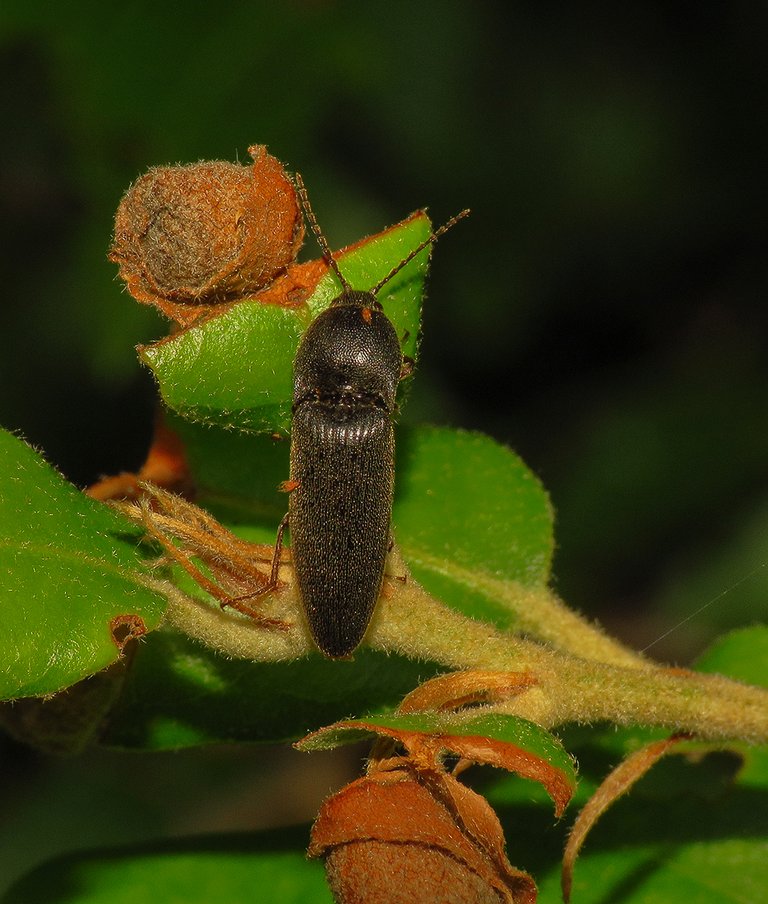
In this shot, the Ampedus nigerrimus, a beetle from the Elateridae family, is resting on one of the leaves reshaped by Attelabus nitens.
In the foreground of this photograph, you can see the twigs and leaves of a small Phillyrea latifolia tree.
Among the abundant green vegetation, there was just one dry branch, cut from the Juniperus oxycedrus shrub.
A jumping spider has built a silky shelter among the prickly, needle-like dry foliage of that branch. The scientific name of the species is Evarcha jucunda. Both males and females make these shelters when they need a safe place in which to rest, molt, or protect the eggs.
Evarcha jucunda, shown in these photographs, is a male. In the following shot ...
... things are lush and green again.
Here you can see a small weevil from the Curculionidae family walking across the upper surface of the Quercus ilex leaf. The beetle has a hitchhiker, a nymph of some red mite, attached to its elytra. In the following photograph ...
... the weevil is on the lower surface of the same leaf.
In this case, I can't tell you the name of the species. The genus is probably Polydrusus. Or maybe Phyllobius. It must be one of those two.
With this photograph, I'm ready to introduce another shrub into the gallery of plants that form the woods around Nesactium.
Here you can take a good look at its small but lovely flowers. The flowers in their prime are white, while the decaying ones are orange-brown. Both look great.
The scientific name of the plant is Ligustrum vulgare.
For this portrait of the Ligustrum vulgare flowers, I used the macro lens.
In the following photograph ...
... you can see the Hemicrepidius hirtus beetle from the Elateridae family posing on the leaf of the Clematis vitalba plant that climbs the branches of other shrubs and trees in the forest.
In shape and color, Hemicrepidius hirtus looks almost exactly like Ampedus nigerrimus I showed earlier in the post, but is considerably smaller.
Here you can see the Rhagonycha translucida beetle resting on some shrub or tree that I can't identify becouse I forgot to take a photograph of the entire leaf or some other distinct part of the plant.
This wide shot shows a mix of green foliage from the forest. The most prominent are the ribbed Carpinus orientalis leaves in the foreground.
In these two photographs, a well-camouflaged planthopper is posing on the upper surface of the Carpinus orientalis leaf. The scientific name of this species from the Issidae family is Issus lauri.
Here you can see a spider resting near the tip of another leaf of the same kind. The scientific name of the species is Philodromus albidus. It belongs to the Philodromidae family.
In this photograph, an Eupholidoptera chabrieri bush cricket nymph hanging from the leaf of the Melissa officinalis plant is coming out of its old exoskeleton.
Here you can see another bush cricket nymph. This one is well camouflaged among the stems and leaves of grass.
You probably recognize it. It's the Acrometopa macropoda, a species I introduced much earlier, near the beginning of this pretty long post.
Here, I used the macro lens to get a good portrait of the nymph.
I saw quite a few Acrometopa macropoda nymphs in those days.
Here you can see two nymphs posing close to each other in the grass.
This is the Ceraleptus lividus, a bug from the Coreidae family. Ceraleptus lividus is a species I rarely encounter.

This bug belongs to the Pentatomidae family.
The scientific name of the species is Dyroderes umbraculatus.
Here you can see two longhorn beetles mating.
The scientific name of this wasp-mimicking species from the Cerambycidae family is Xylotrechus antilope.
In this photograph, you can see a tiny sawfly larva resting on the edge of the blade of grass.
The scientific name of the species is Eutomostethus luteiventris.
These two shots show an Ampedus nigerrimus beetle on the ear of the Hordeum secalinum grass.
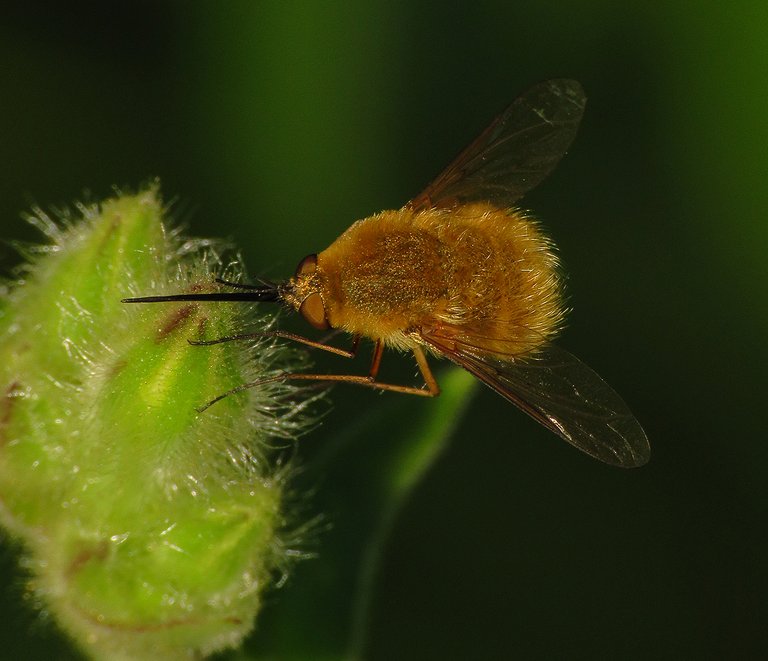
This is the Bombylius minor, a fly from the Bombyliidae family.
And that's it. I finally reached the end. If you are curious about the archeological aspects of the area and feel the need to learn a few things about the ancient Nesactium, I suggest clicking this link that will lead you to an old Nesactium-themed post I published in 2022.
As always, here on Hive, the photographs are my work.
The following links will take you to the sites with more information about the protagonists of today's post. I found some stuff about them there.
https://en.wikipedia.org/wiki/Armadillidium_vulgare
https://en.wikipedia.org/wiki/Dicranoptycha_fuscescens
https://en.wikipedia.org/wiki/Lemon_balm
https://en.wikipedia.org/wiki/Clematis_vitalba
https://en.wikipedia.org/wiki/Acrometopa_macropoda
https://www.inaturalist.org/taxa/542133-Philoscia-affinis
https://en.wikipedia.org/wiki/Hordeum_secalinum
https://en.wikipedia.org/wiki/Dichrostigma_flavipes
https://en.wikipedia.org/wiki/Snakefly
https://en.wikipedia.org/wiki/Speckled_bush-cricket
https://en.wikipedia.org/wiki/Philodromus_dispar
https://en.wikipedia.org/wiki/Dactylis_glomerata
https://www.britishbugs.org.uk/heteroptera/Miridae/stenotus_binotatus.html
https://www.britishbugs.org.uk/heteroptera/Coreidae/coriomeris_denticulatus.html
https://en.wikipedia.org/wiki/Osyris_alba
https://baza.biomap.pl/en/taxon/species-polydrusus_picus/photos_tx/tlau/y
https://www.naturespot.org/species/epagoge-grotiana
https://www.inaturalist.org/taxa/128924-Pilophorus
https://www.inaturalist.org/taxa/552397-Systellonotus
https://en.wikipedia.org/wiki/Lymantria_dispar
https://www.kerbtier.de/cgi-bin/enFSearch.cgi?Fam=Alleculidae
https://www.inaturalist.org/taxa/507979-Holotrichapion
https://www.commanster.eu/Commanster/Insects/Beetles/SpBeetles/Holotrichapion.pisi.html
https://en.wikipedia.org/wiki/Pisaura_mirabilis
https://www.naturespot.org/species/athous-bicolor
https://www.inaturalist.org/taxa/484549-Lasioglossum-laticeps
https://en.wikipedia.org/wiki/Heriaeus_hirtus
https://en.wikipedia.org/wiki/Macrolophus_pygmaeus
https://en.wikipedia.org/wiki/Paliurus_spina-christi
https://en.wikipedia.org/wiki/Micropterix_allionella
https://en.wikipedia.org/wiki/Yersinella_raymondii
https://en.wikipedia.org/wiki/Eupholidoptera_chabrieri
https://www.inaturalist.org/taxa/467737-Aplocnemus-impressus
https://en.wikipedia.org/wiki/Rhagonycha_fulva
https://en.wikipedia.org/wiki/Phaneroptera_nana
https://www.naturespot.org/species/rush-veneer
https://en.wikipedia.org/wiki/Silene_latifolia
https://en.wikipedia.org/wiki/Calocoris_affinis
https://www.inaturalist.org/taxa/782757-Phthiria-gaedii
https://en.wikipedia.org/wiki/Silene_vulgaris
https://en.wikipedia.org/wiki/Coremacera_marginata
https://www.inaturalist.org/taxa/498512-Rhagonycha-translucida
https://www.naturespot.org/species/xysticus-lanio
https://en.wikipedia.org/wiki/Quercus_cerris
https://en.wikipedia.org/wiki/Quercus_ilex
https://en.wikipedia.org/wiki/Attelabus_nitens
https://www.kerbtier.de/cgi-bin/enFSearch.cgi?Fam=Elateridae
https://en.wikipedia.org/wiki/Phillyrea_latifolia
https://en.wikipedia.org/wiki/Evarcha_jucunda
https://en.wikipedia.org/wiki/Polydrusus
https://en.wikipedia.org/wiki/Phyllobius
https://www.inaturalist.org/taxa/119805-Ligustrum-vulgare
https://www.inaturalist.org/taxa/1159918-Issus-lauri
https://www.naturespot.org/species/philodromus-albidus
https://www.britishbugs.org.uk/heteroptera/Coreidae/ceraleptus_lividus.html
https://www.britishbugs.org.uk/heteroptera/Pentatomidae/dyroderes_umbraculatus.html
https://www.cerambyx.uochb.cz/xylotrechus_antilope_antilope.php
https://www.sawflies.org.uk/eutomostethus-luteiventris/
https://en.wikipedia.org/wiki/Bombylius_minor
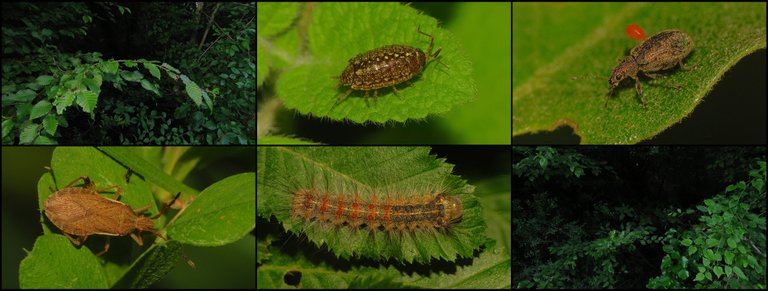
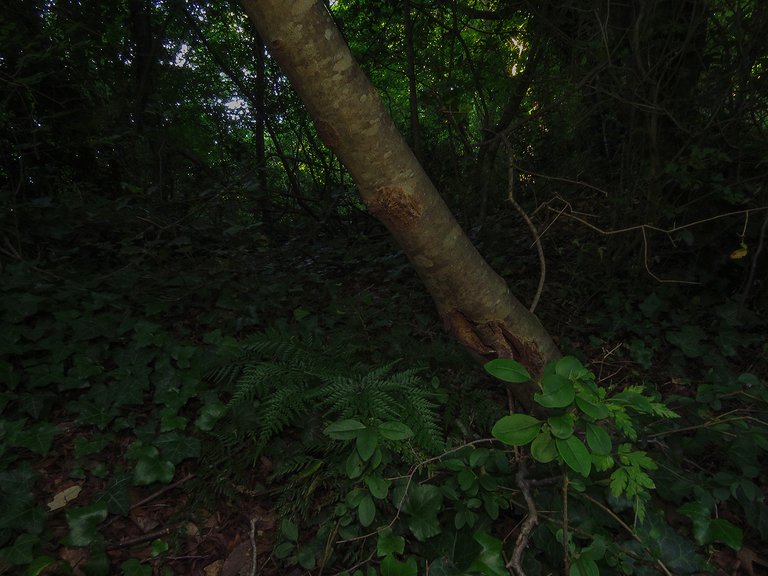
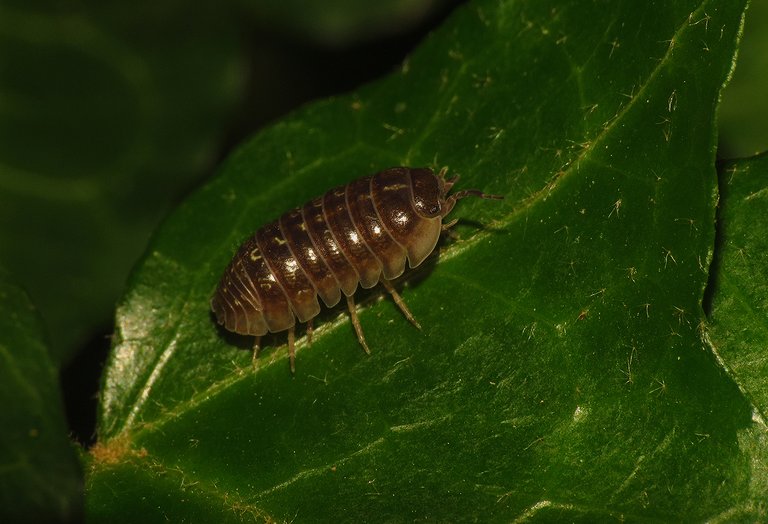
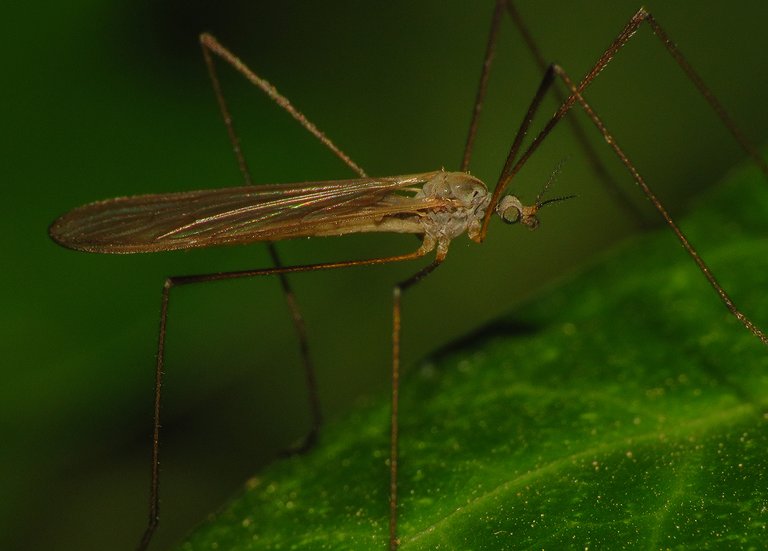
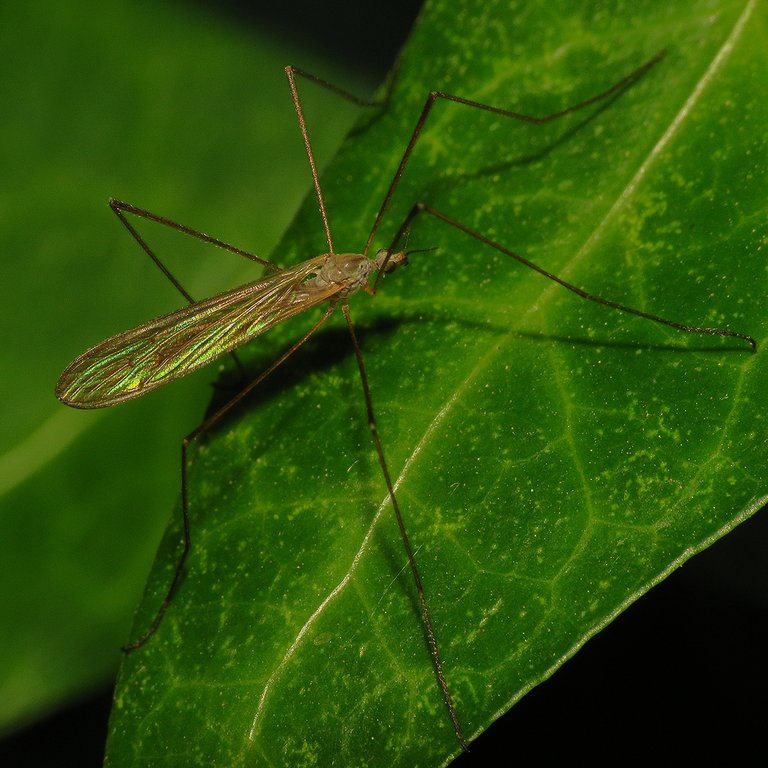
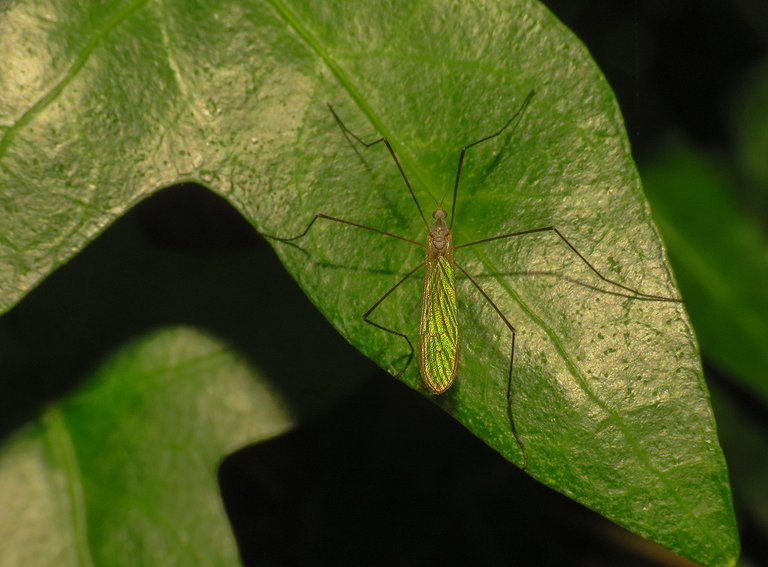
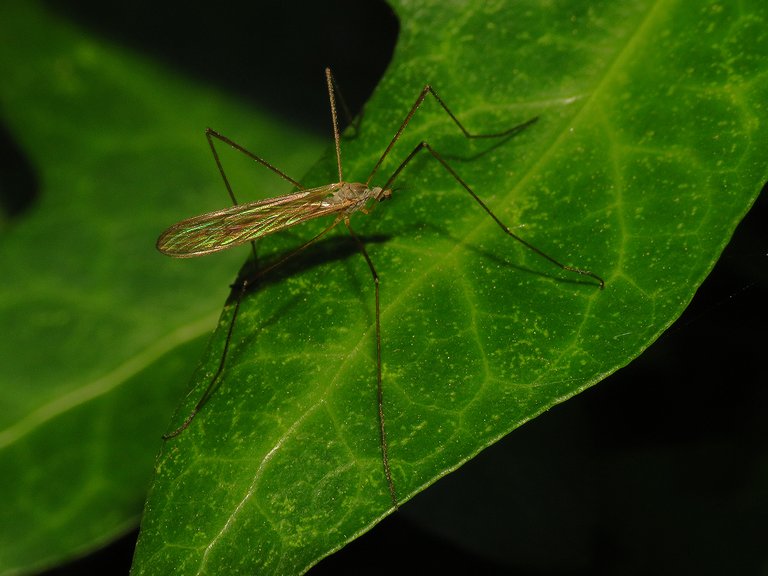
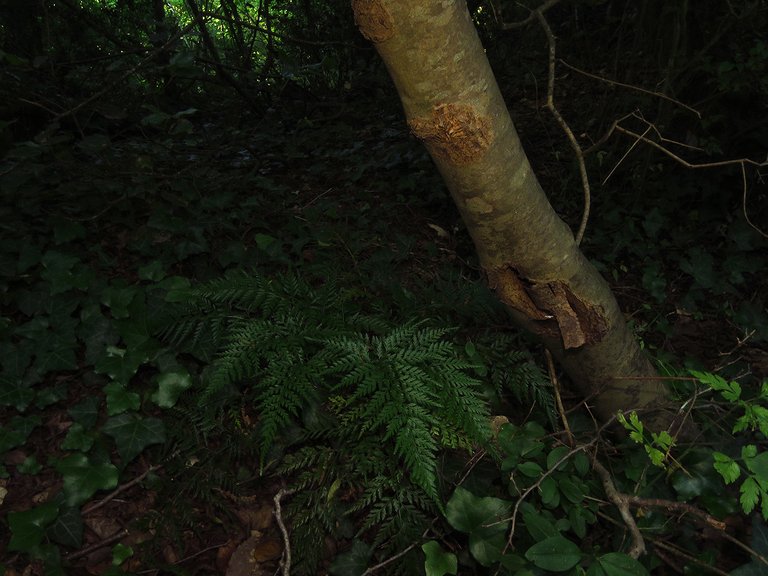
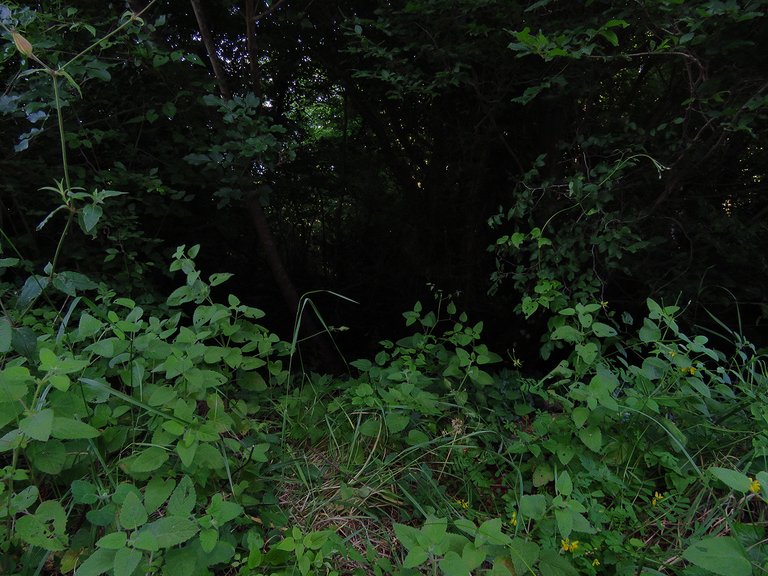
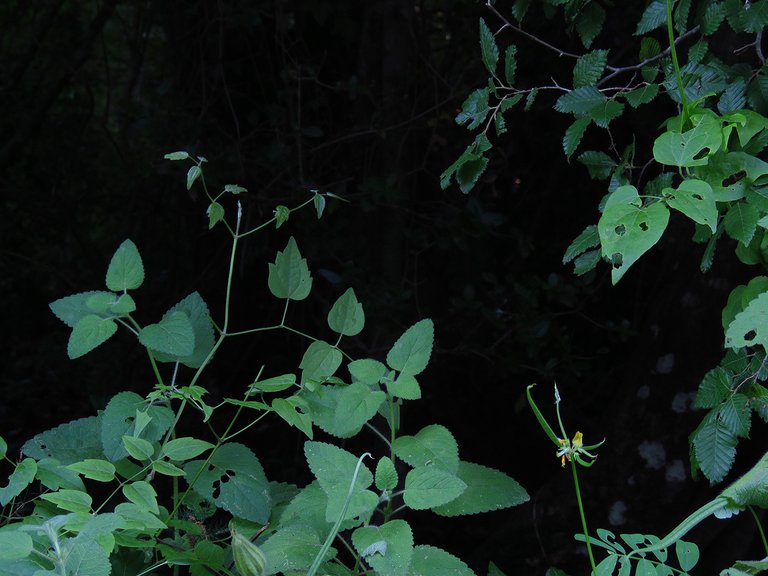

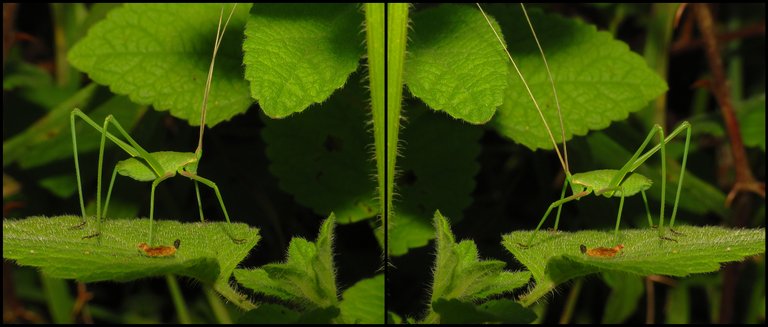
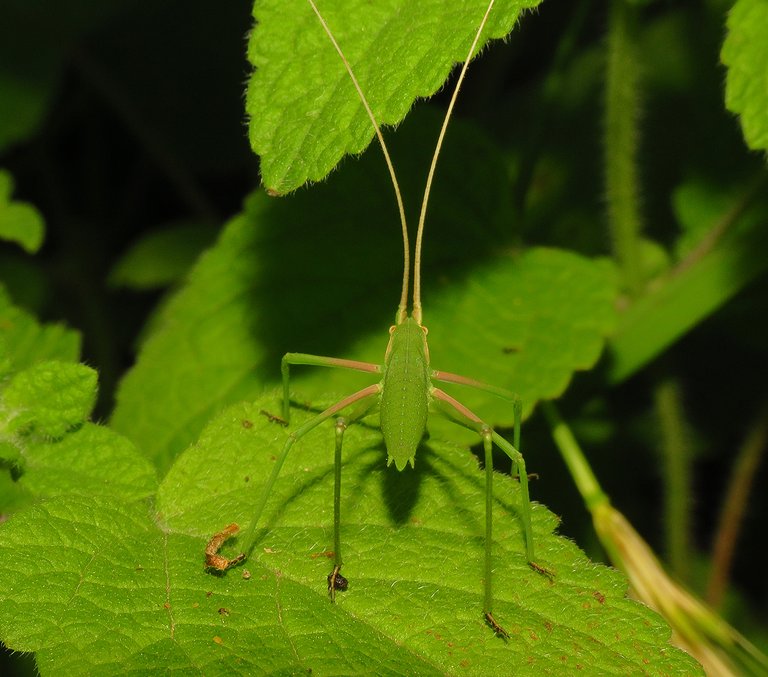

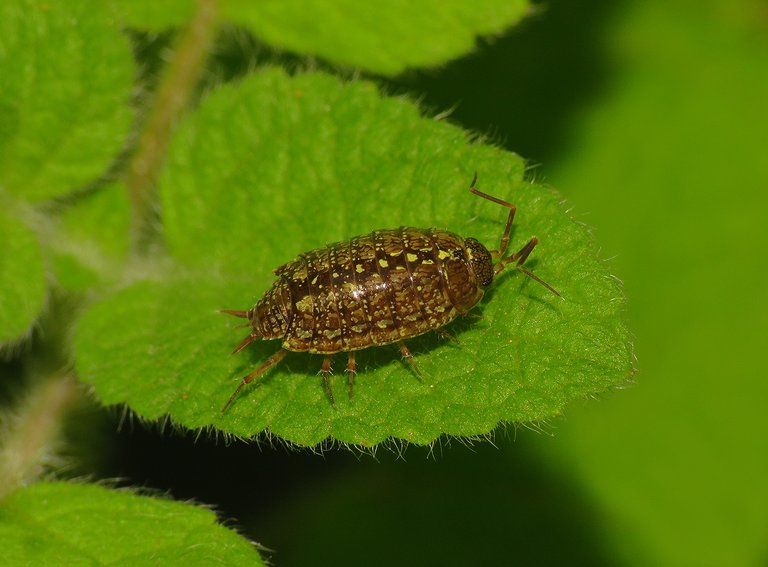
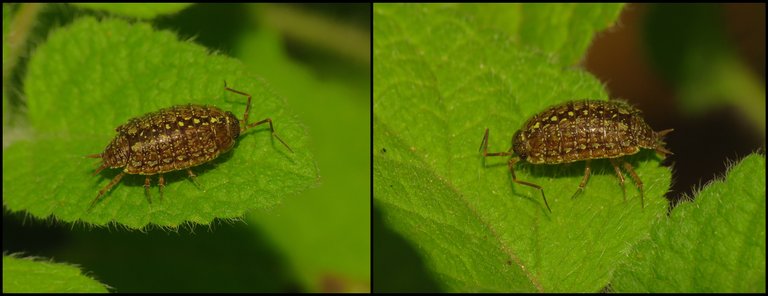
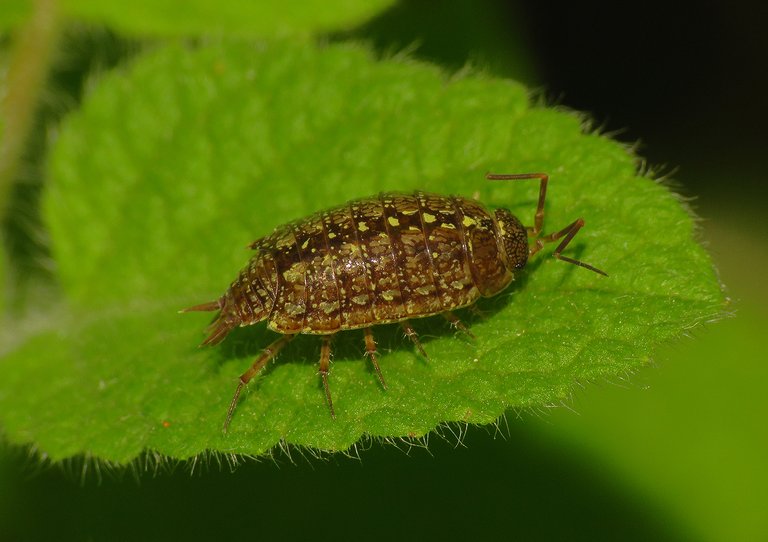
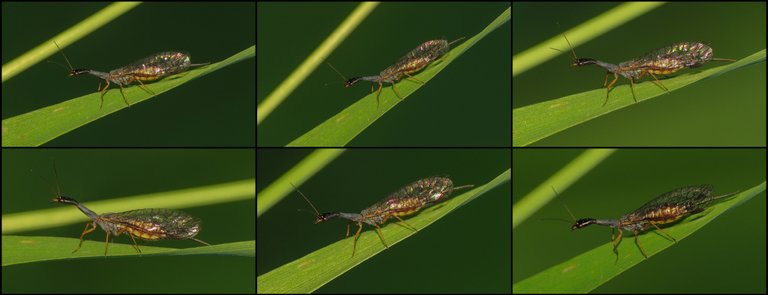
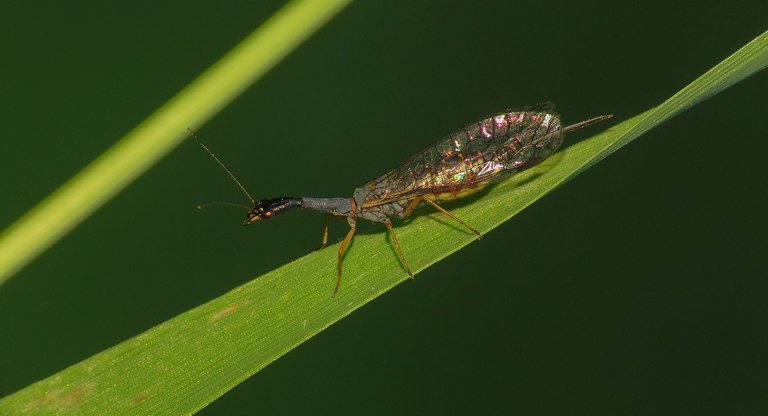
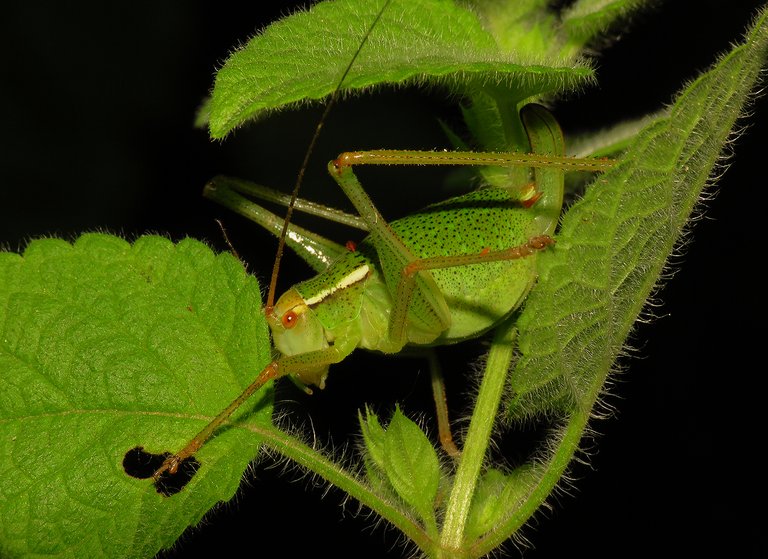
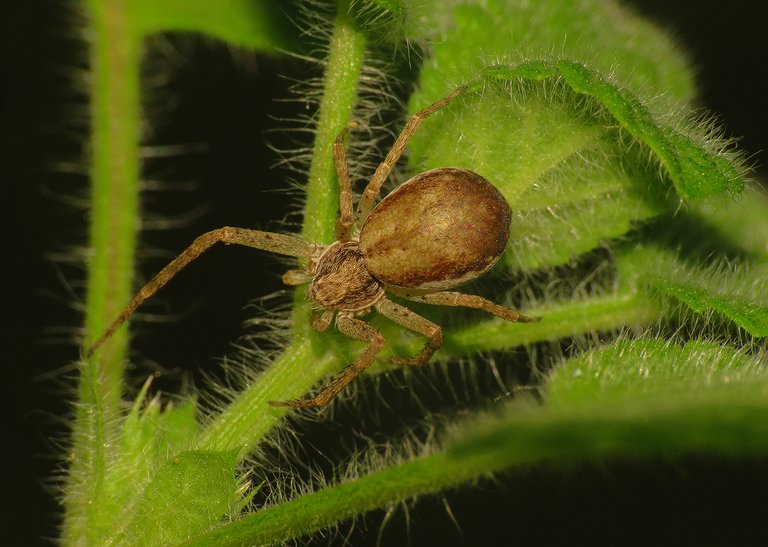
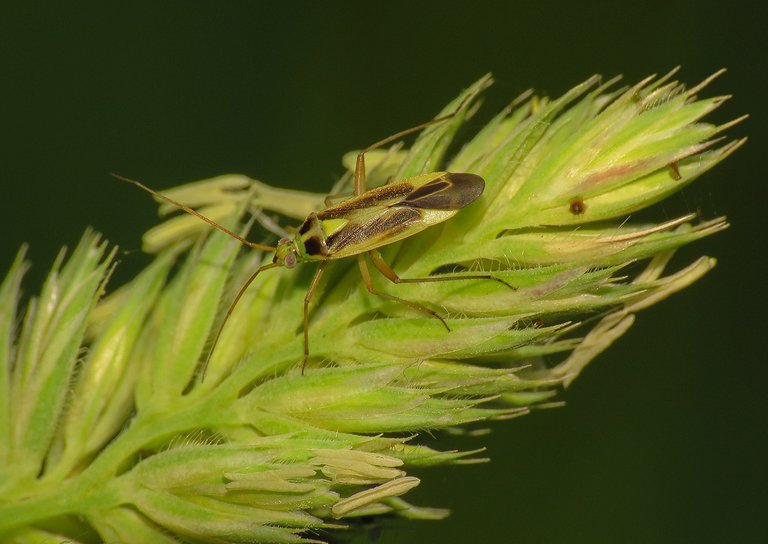
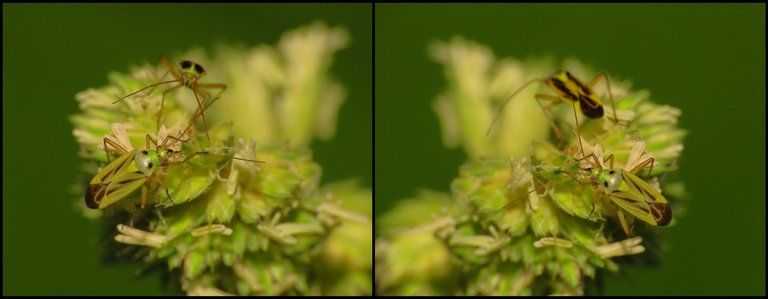
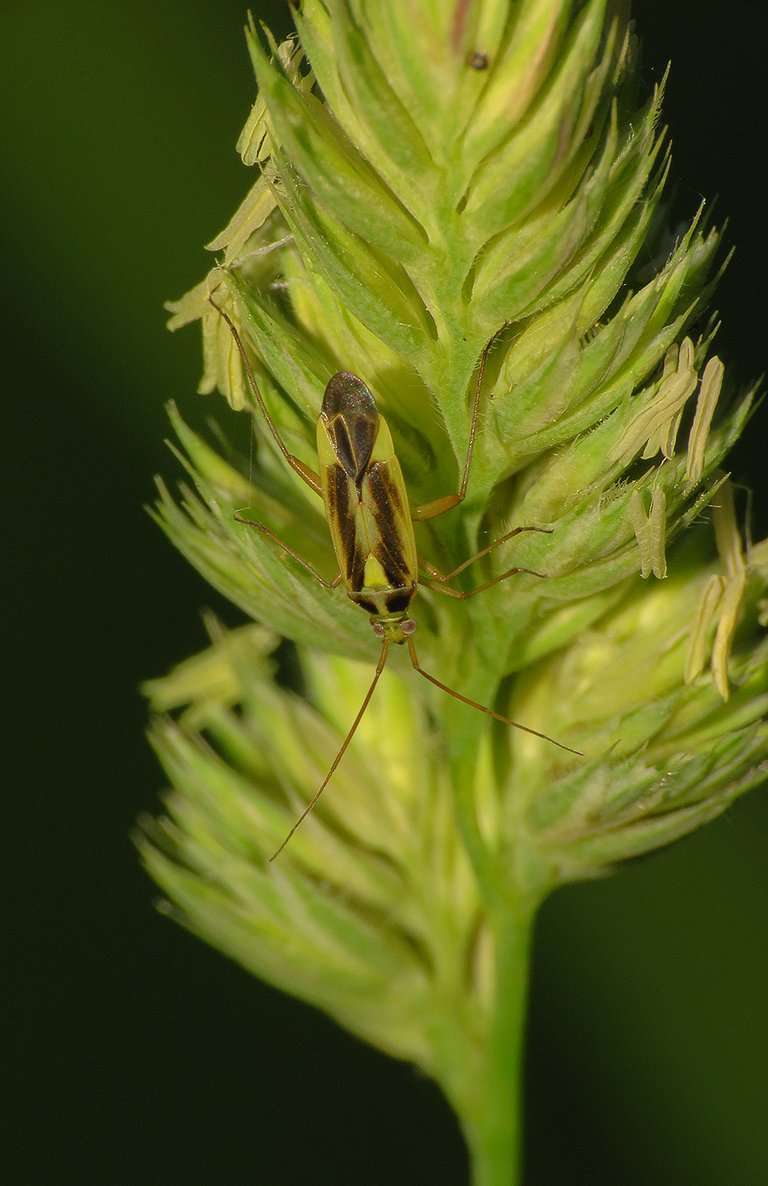
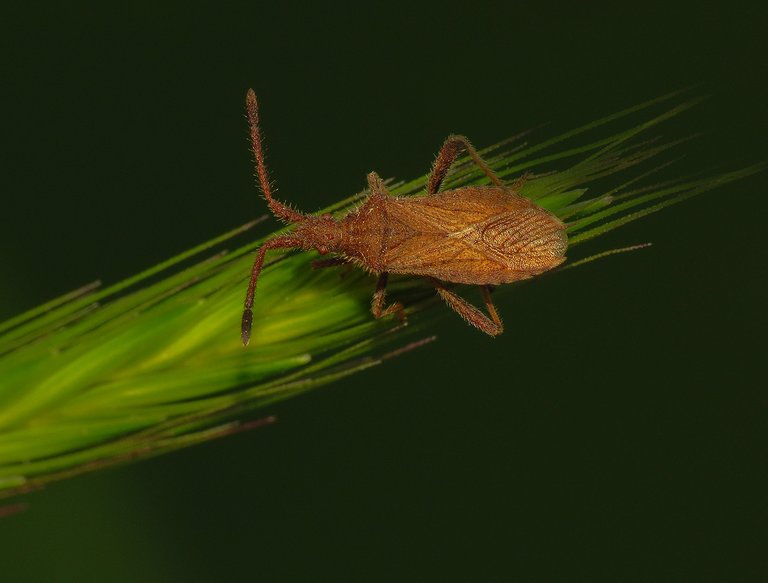
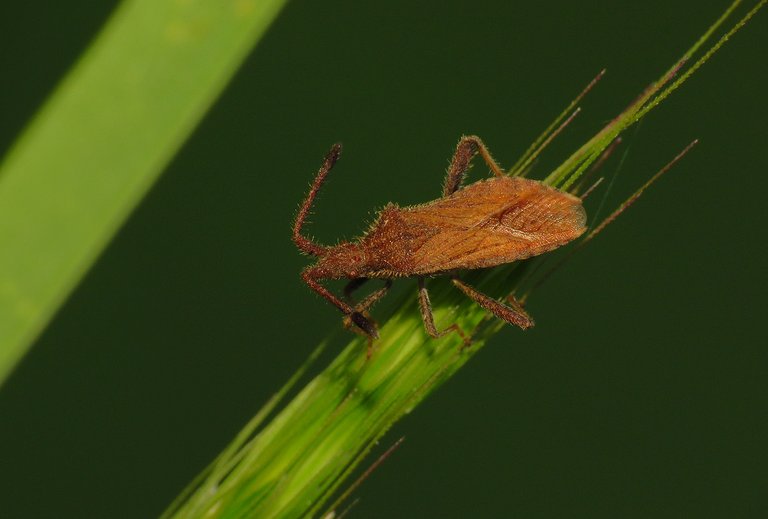


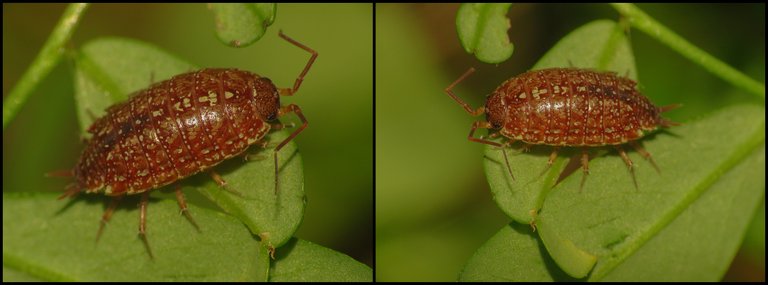

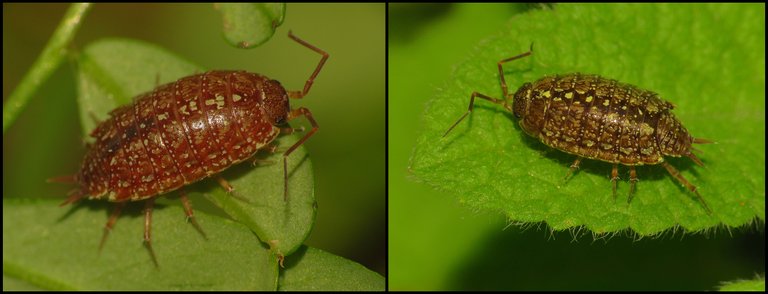
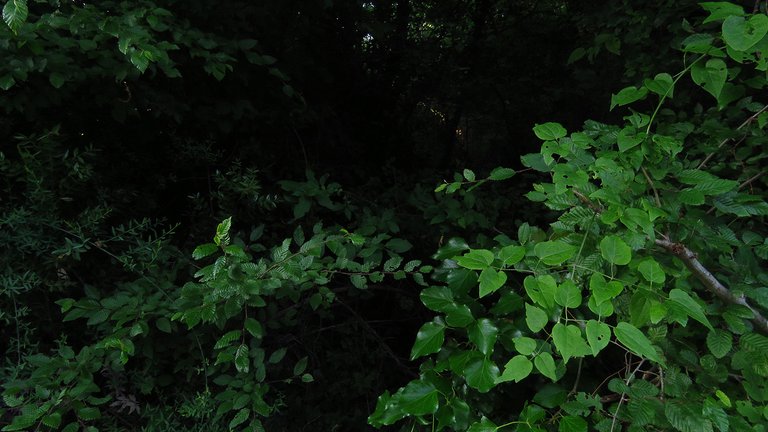
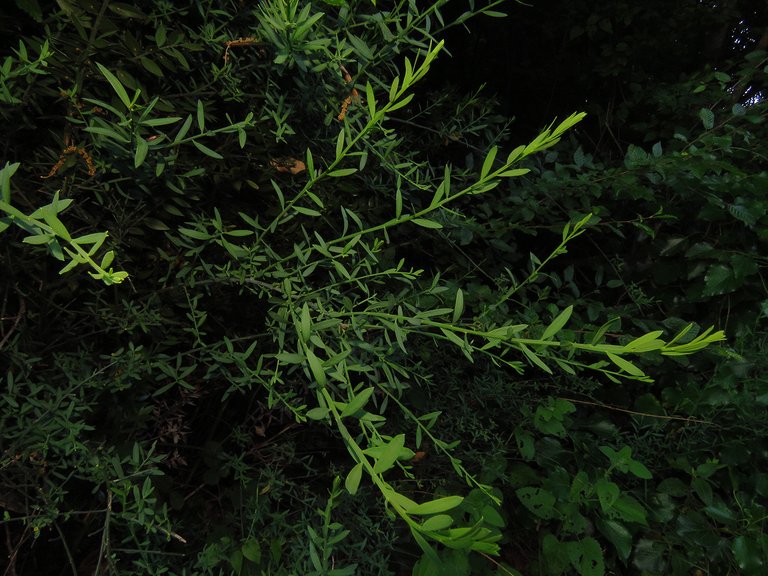
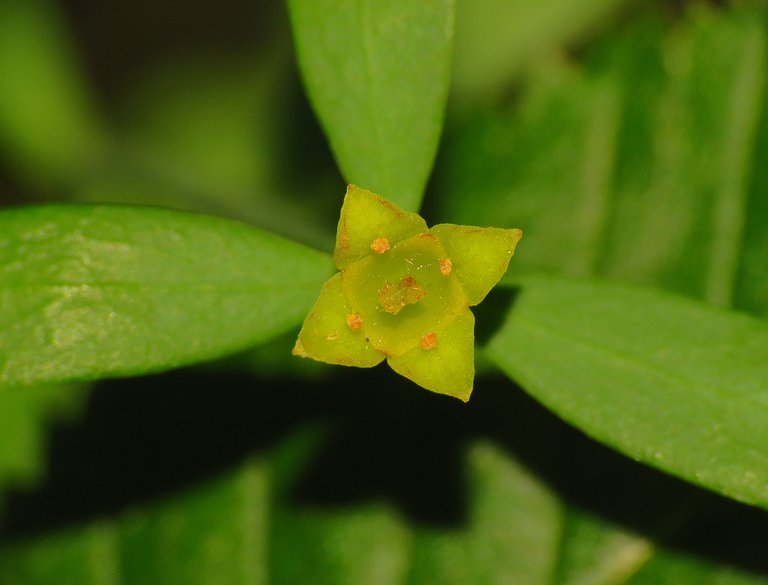
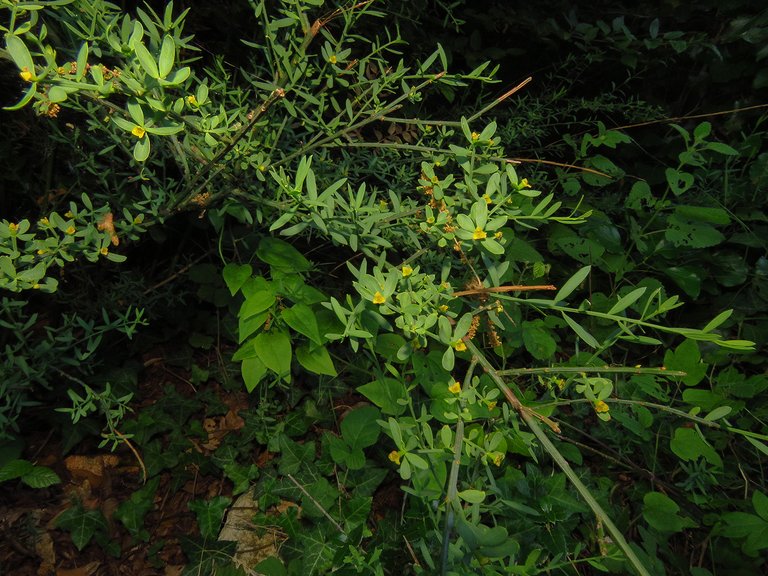
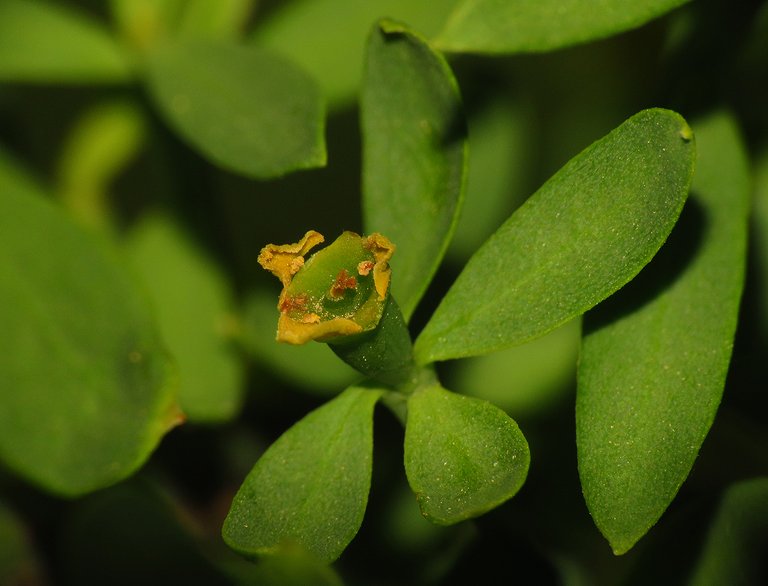
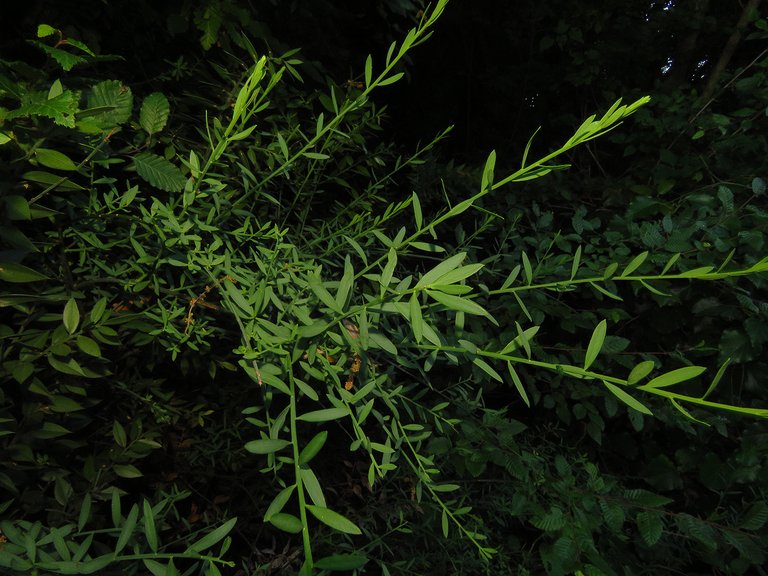
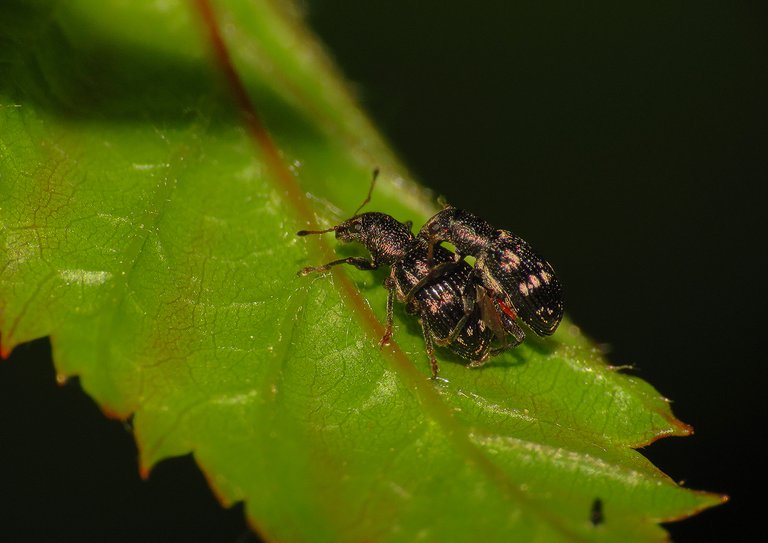
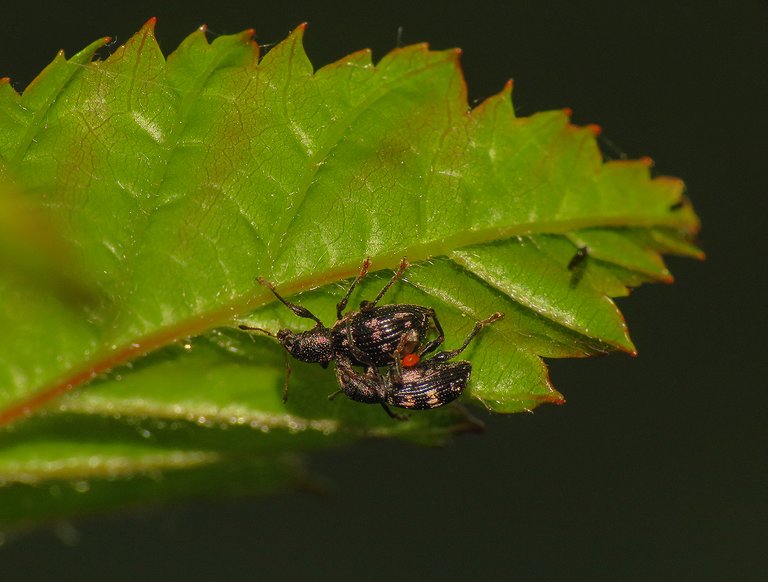
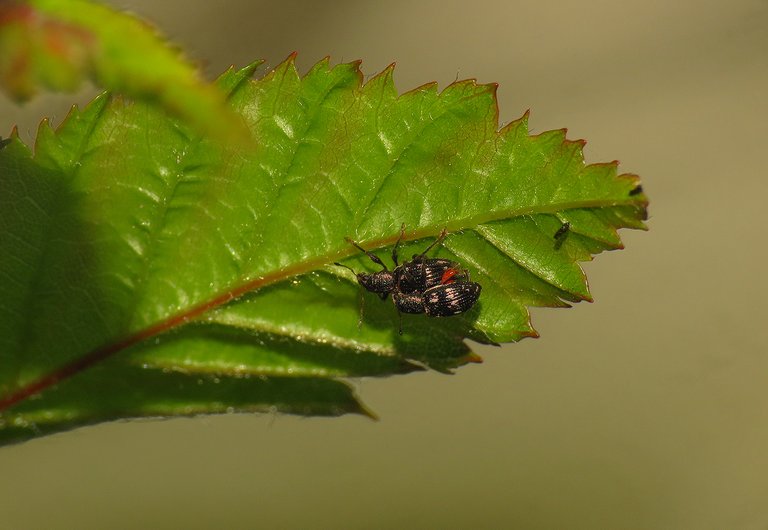

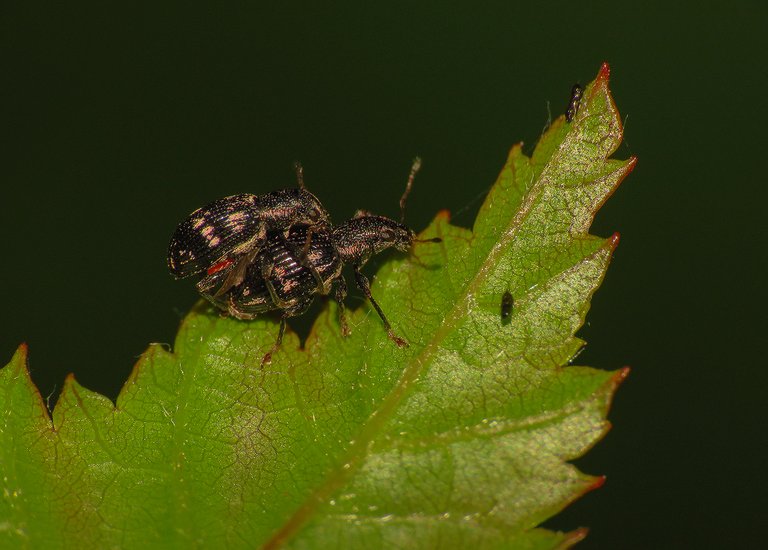
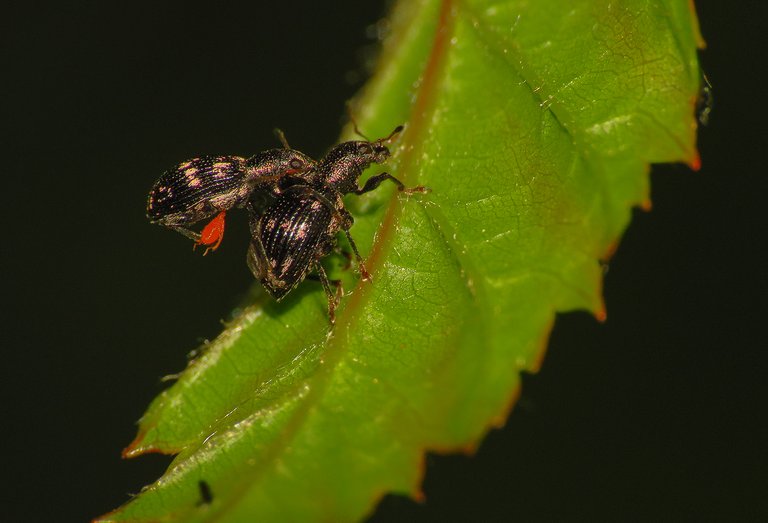
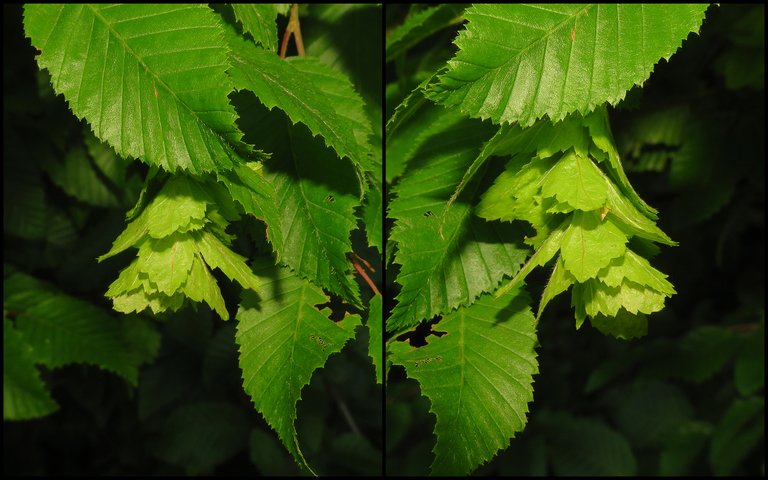
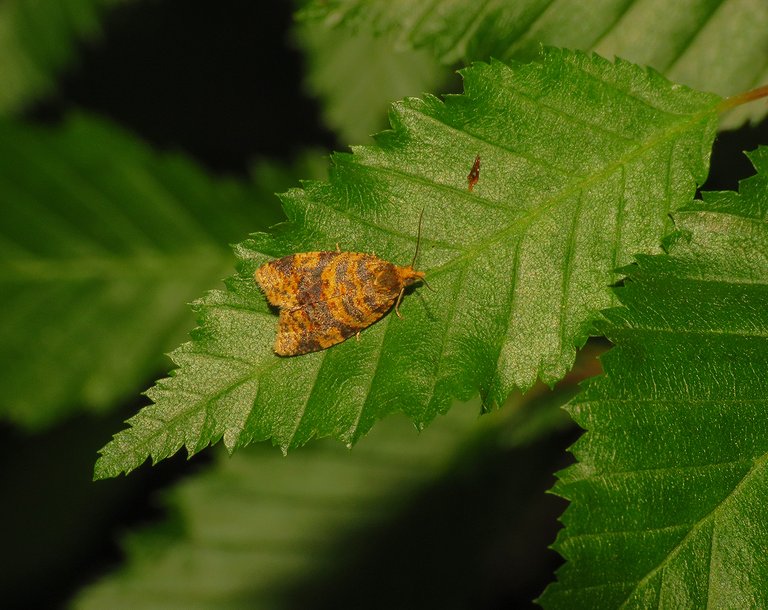
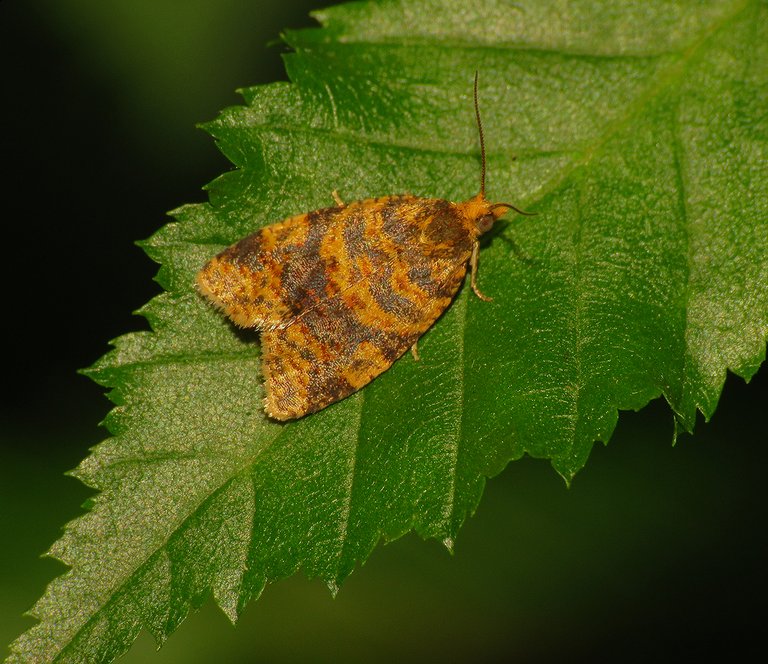
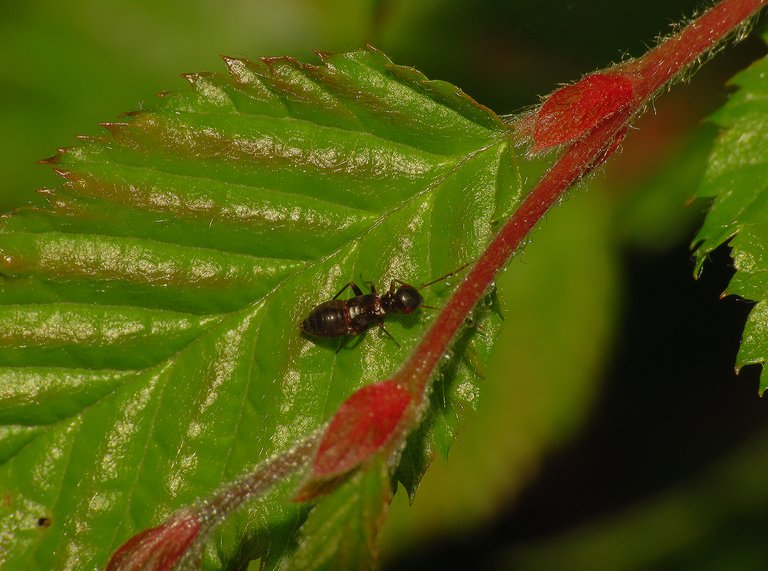
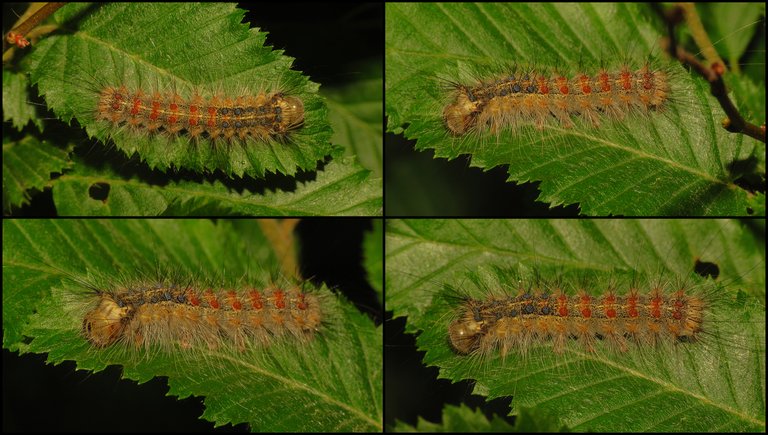
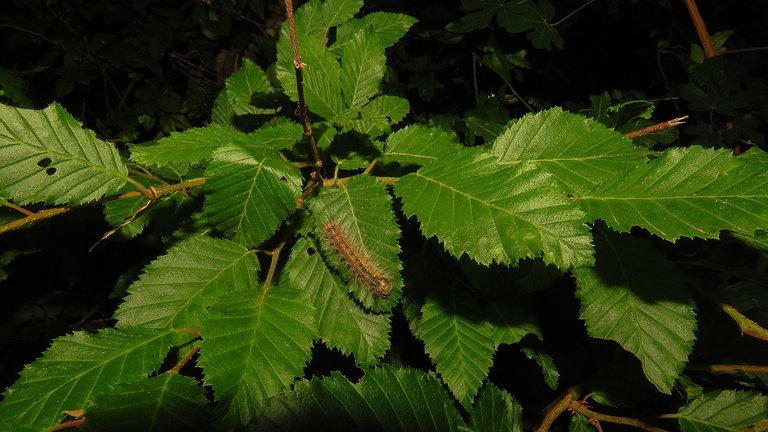
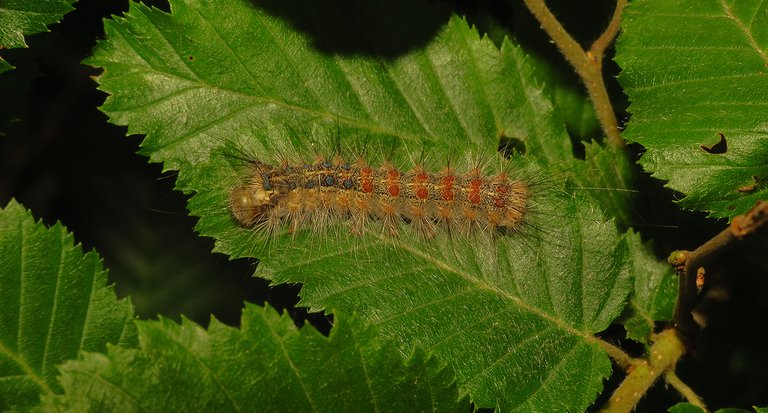
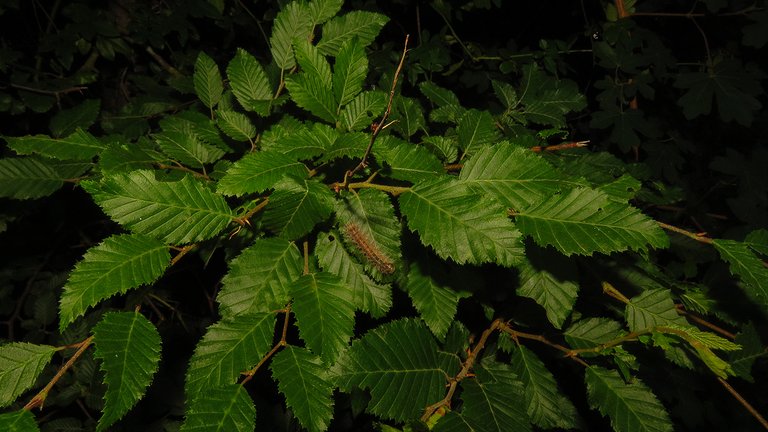
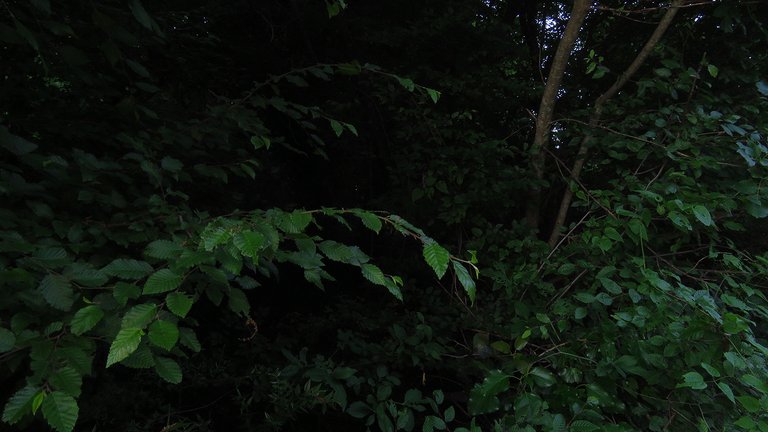
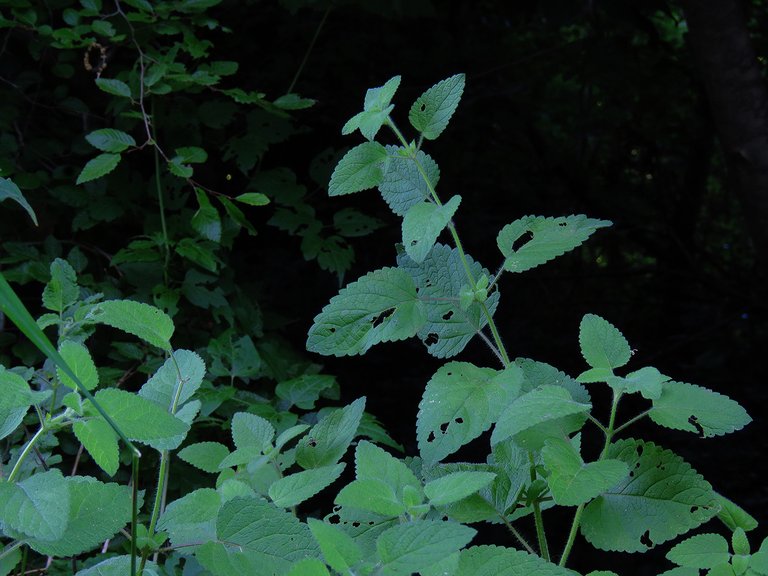
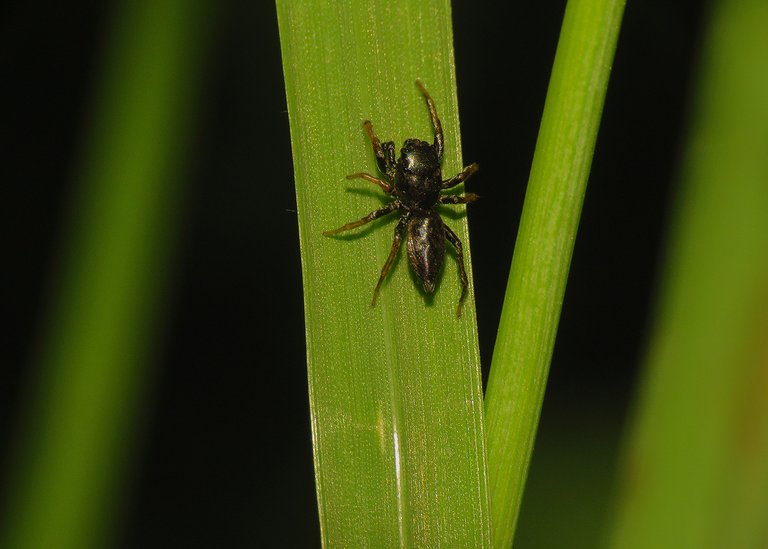
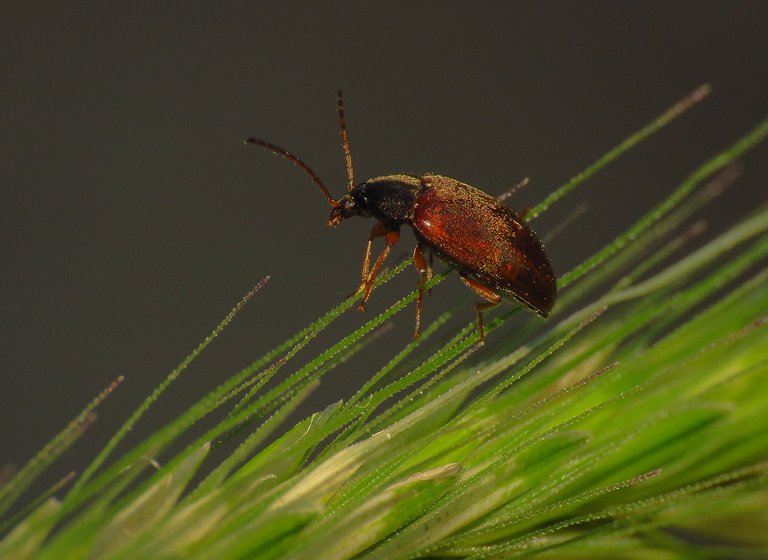

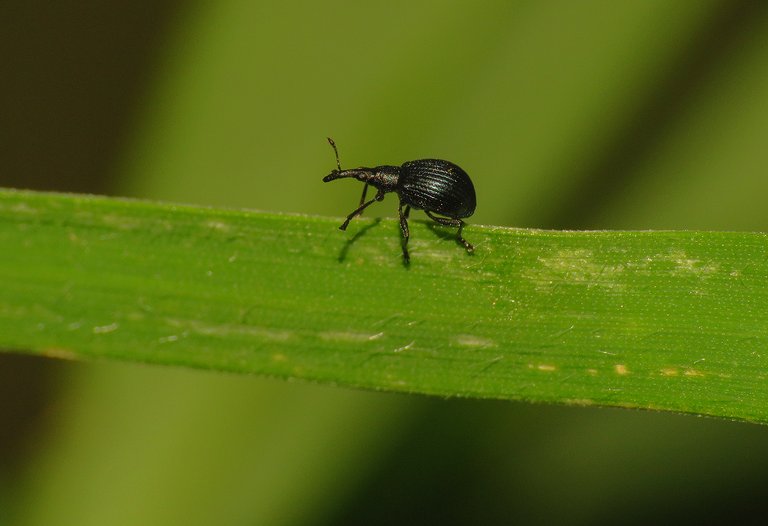
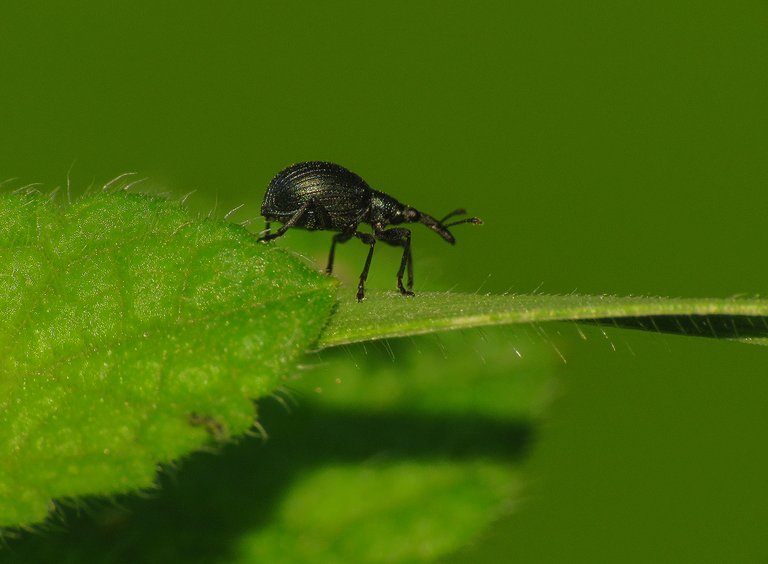
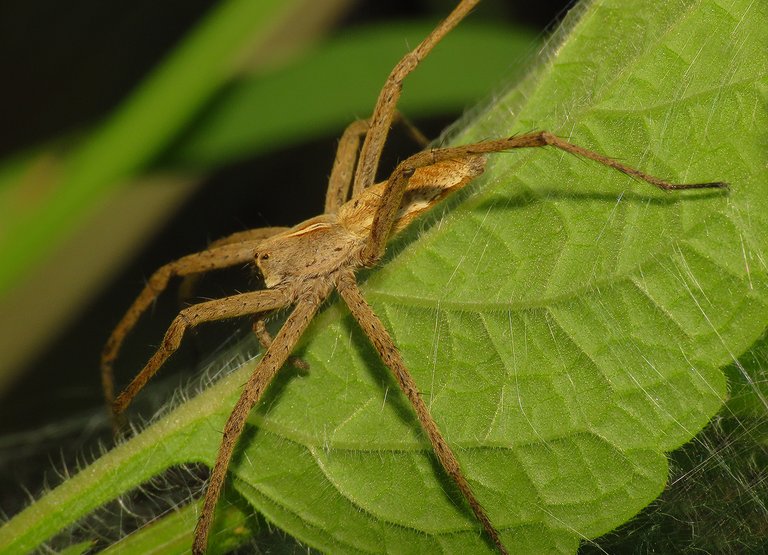
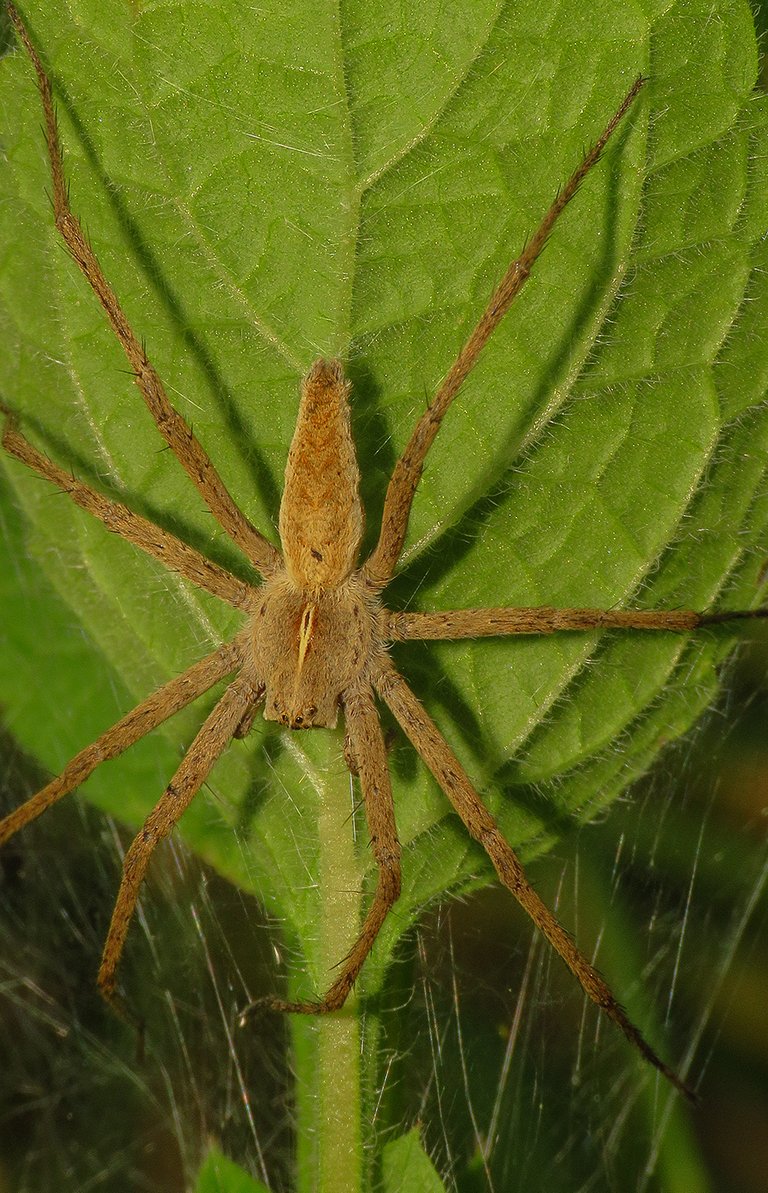
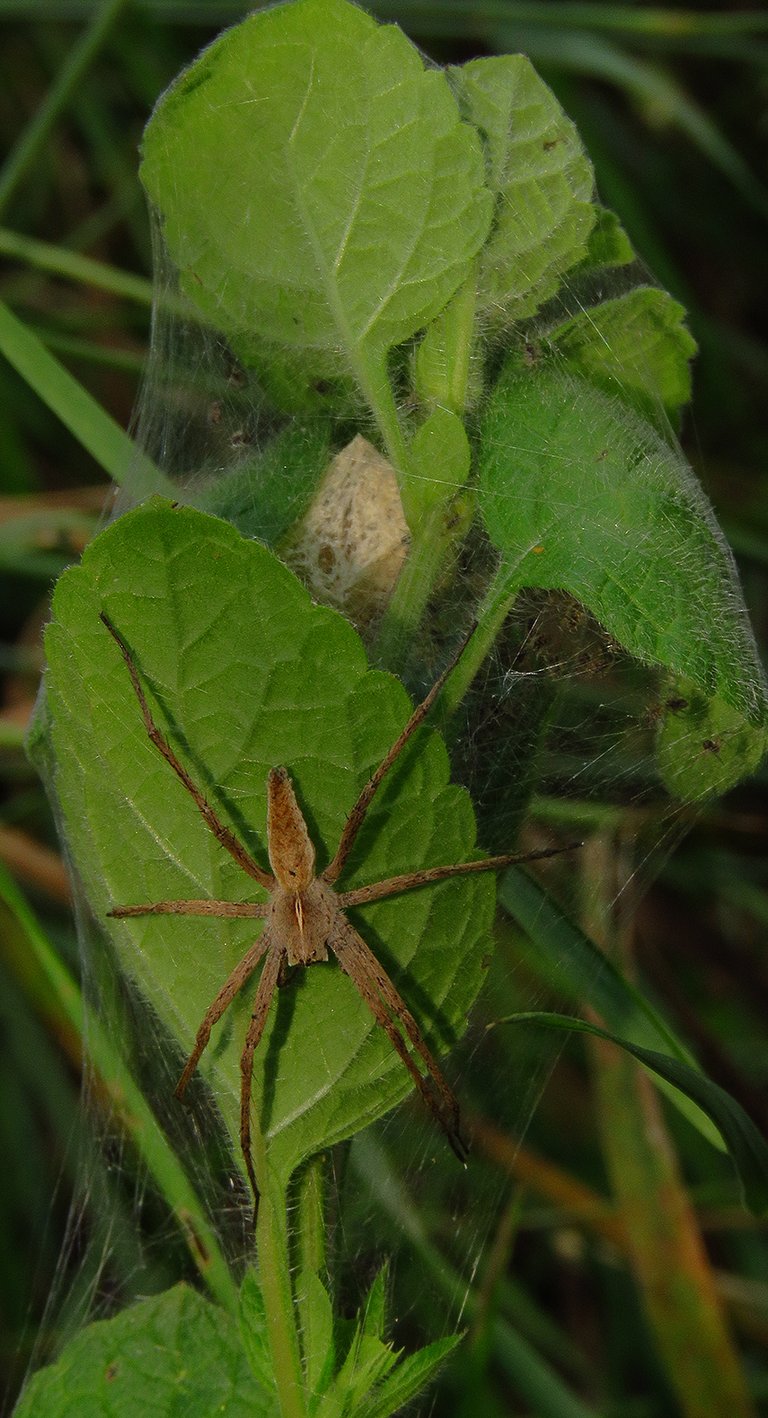

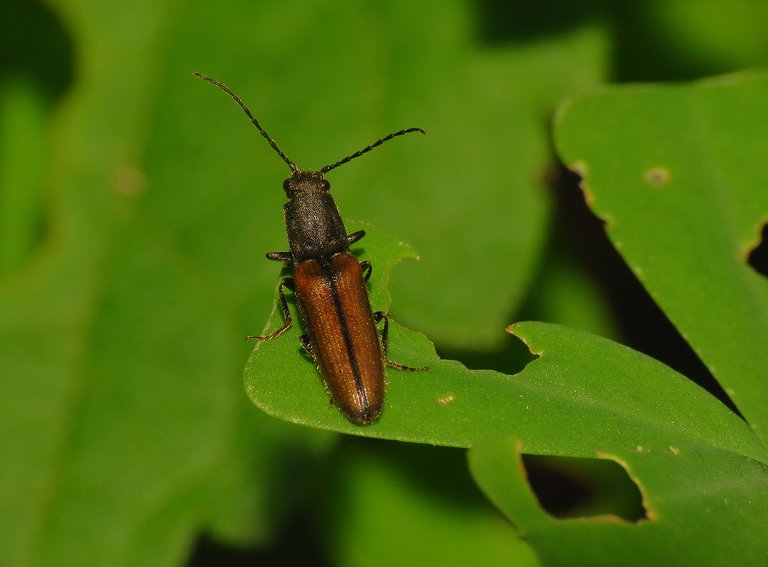
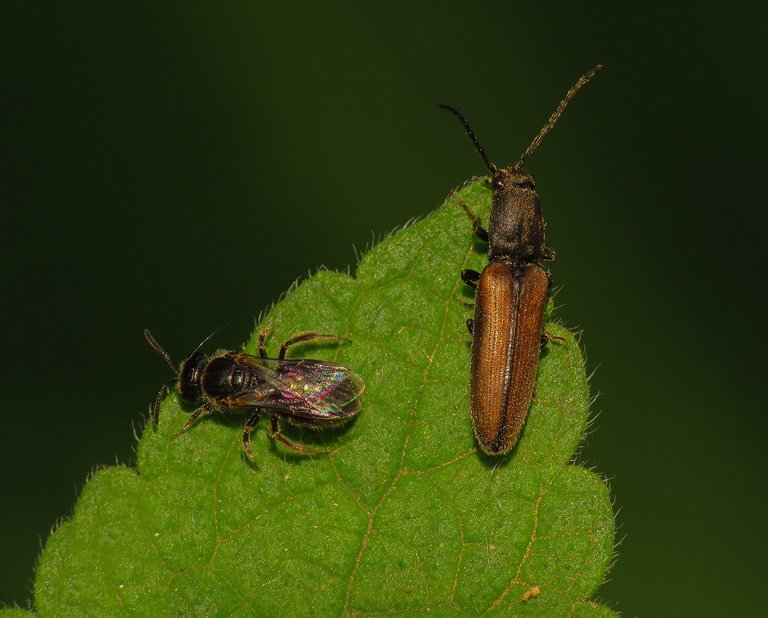
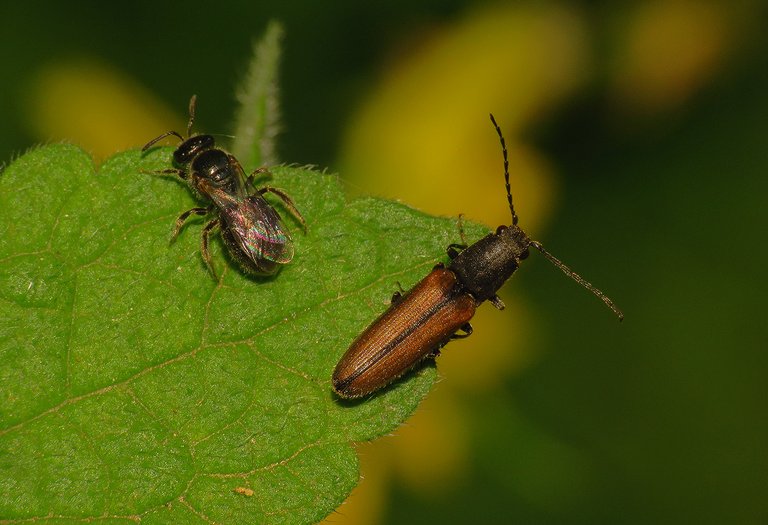
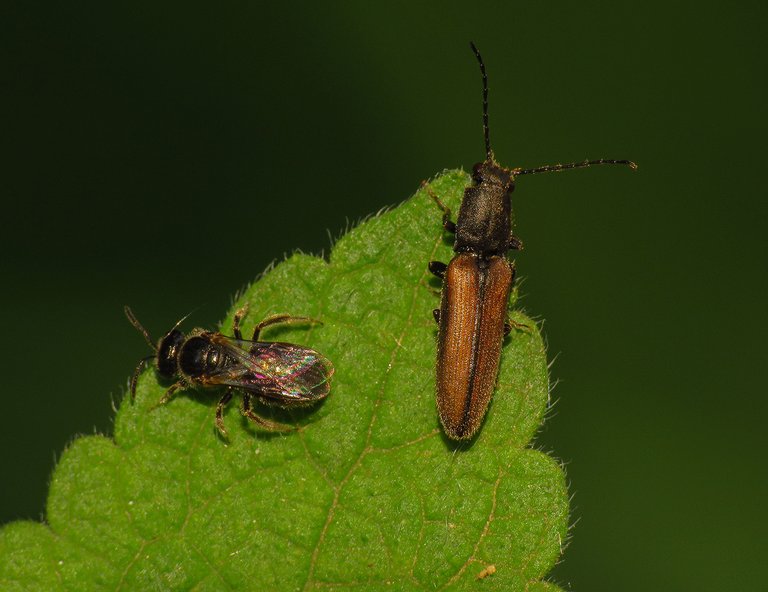
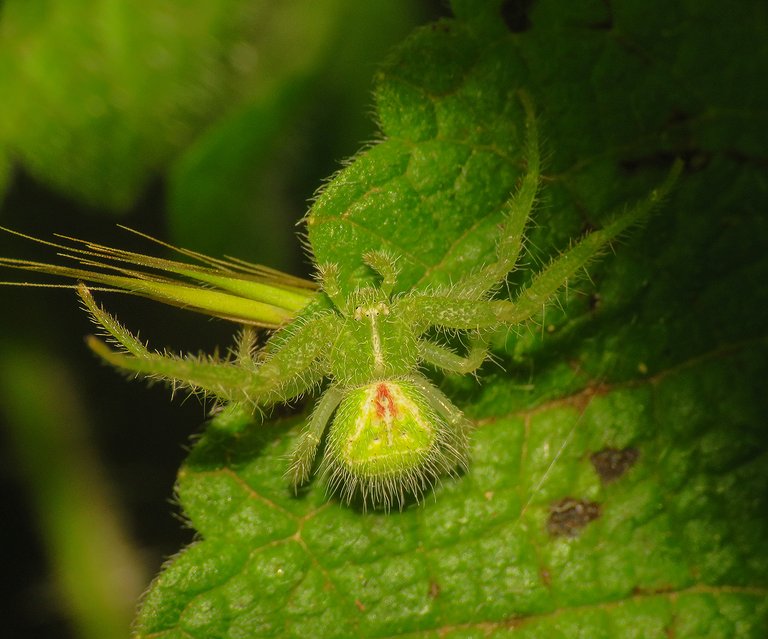

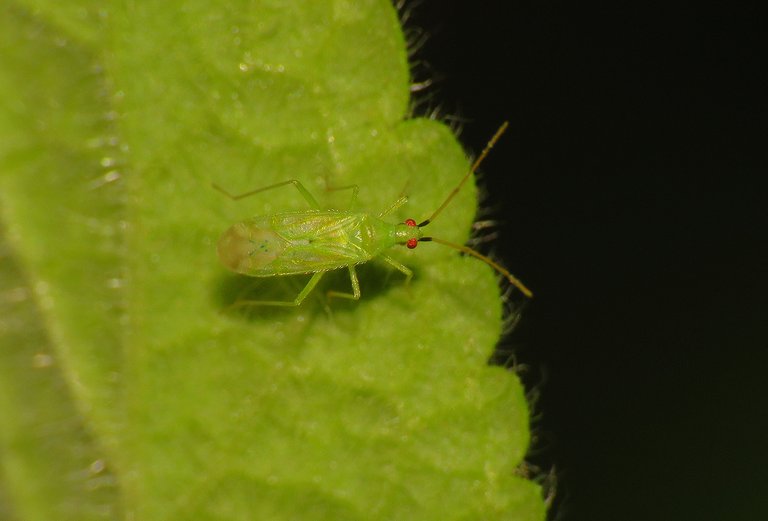
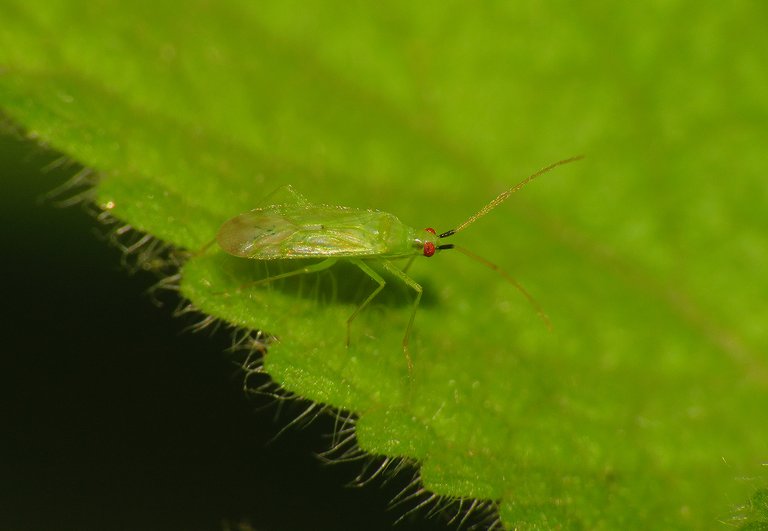
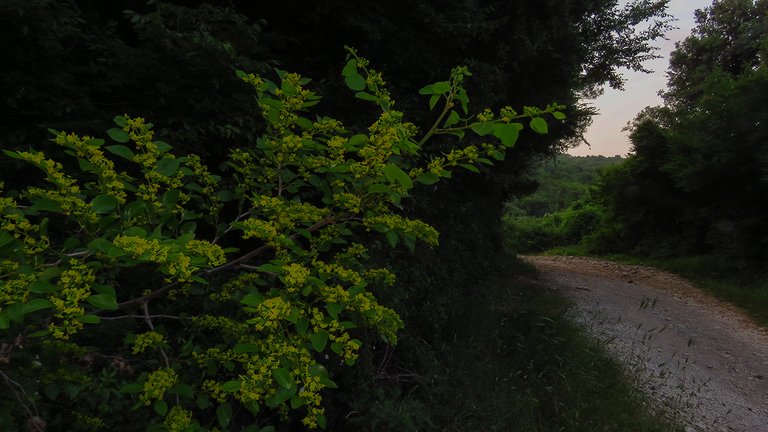
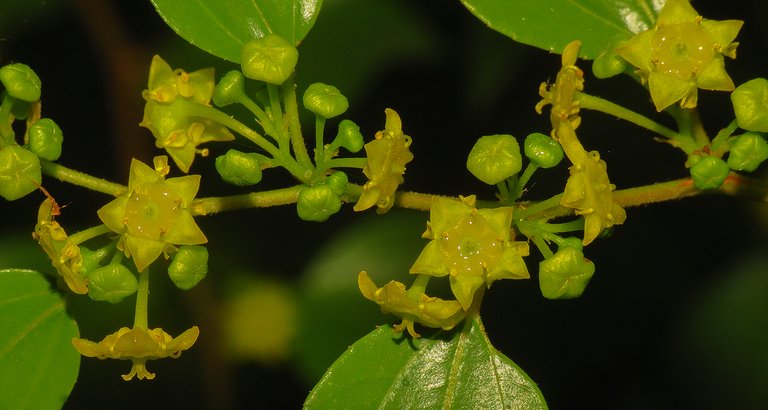

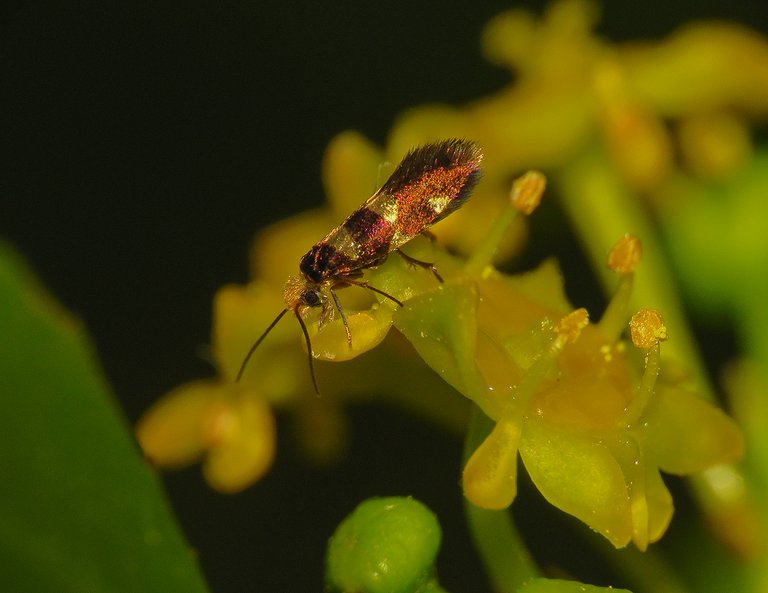
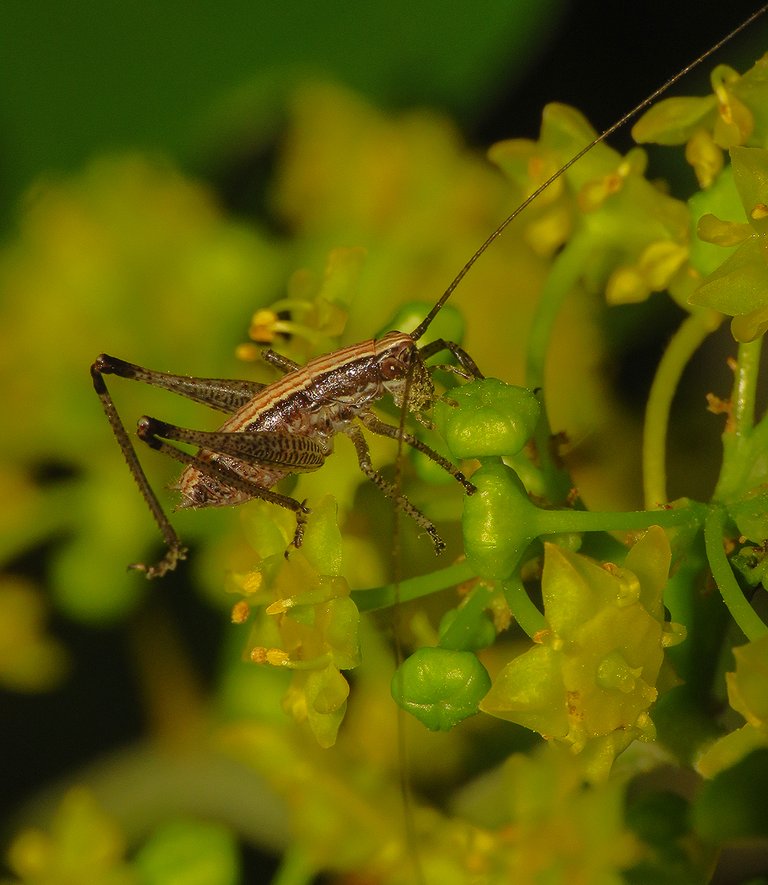
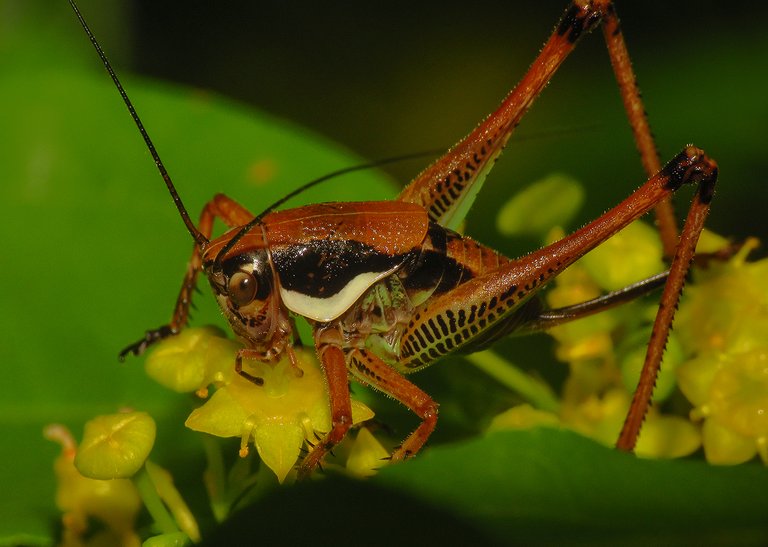
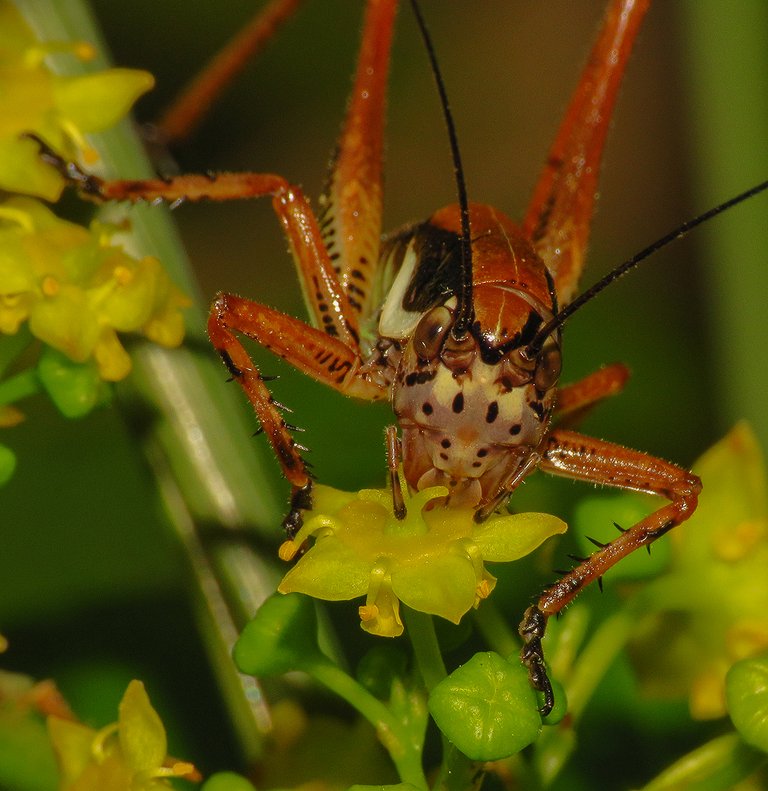

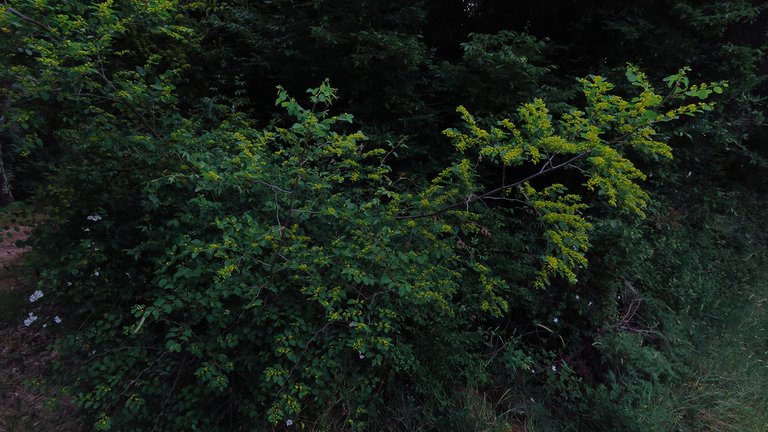
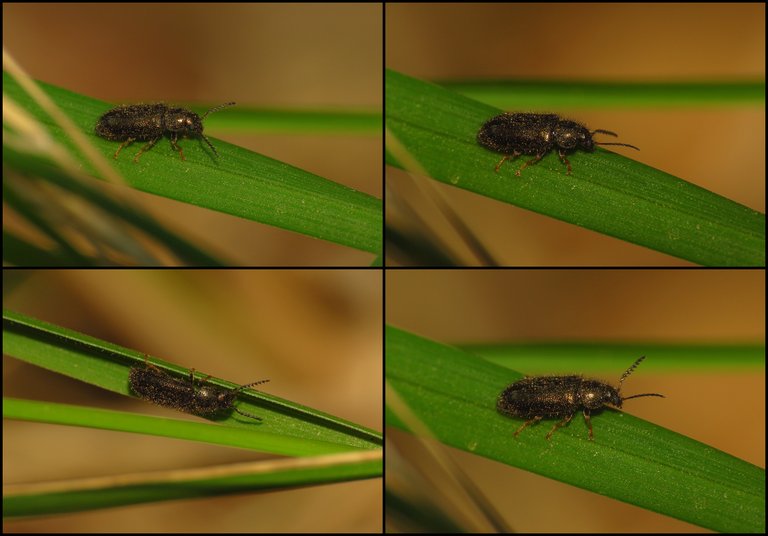
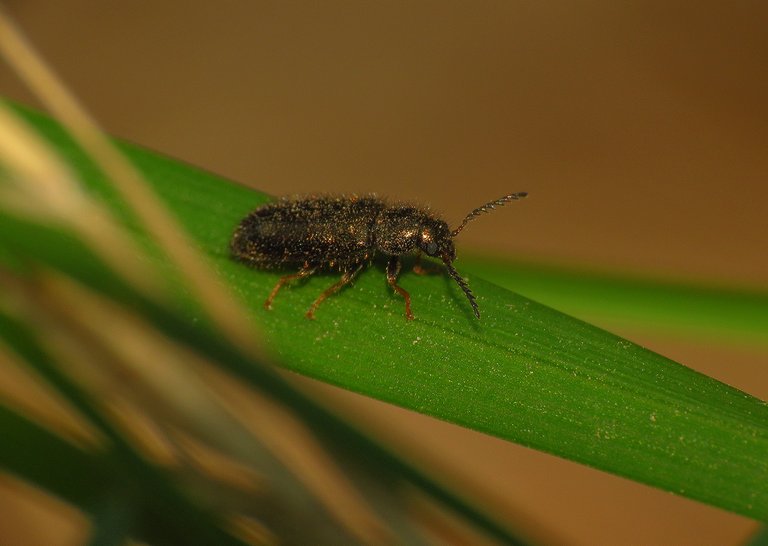
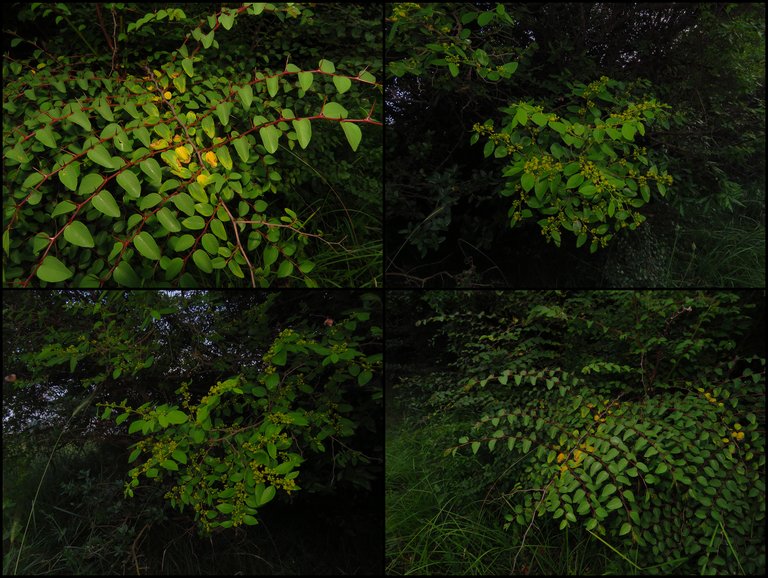
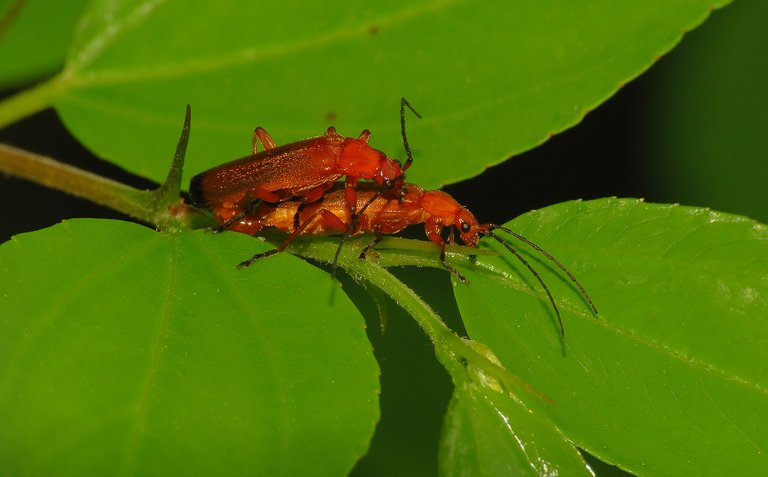

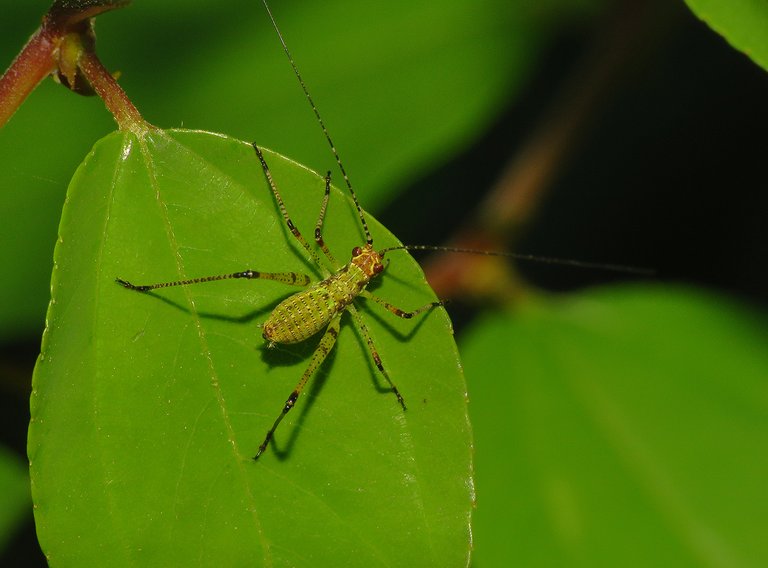
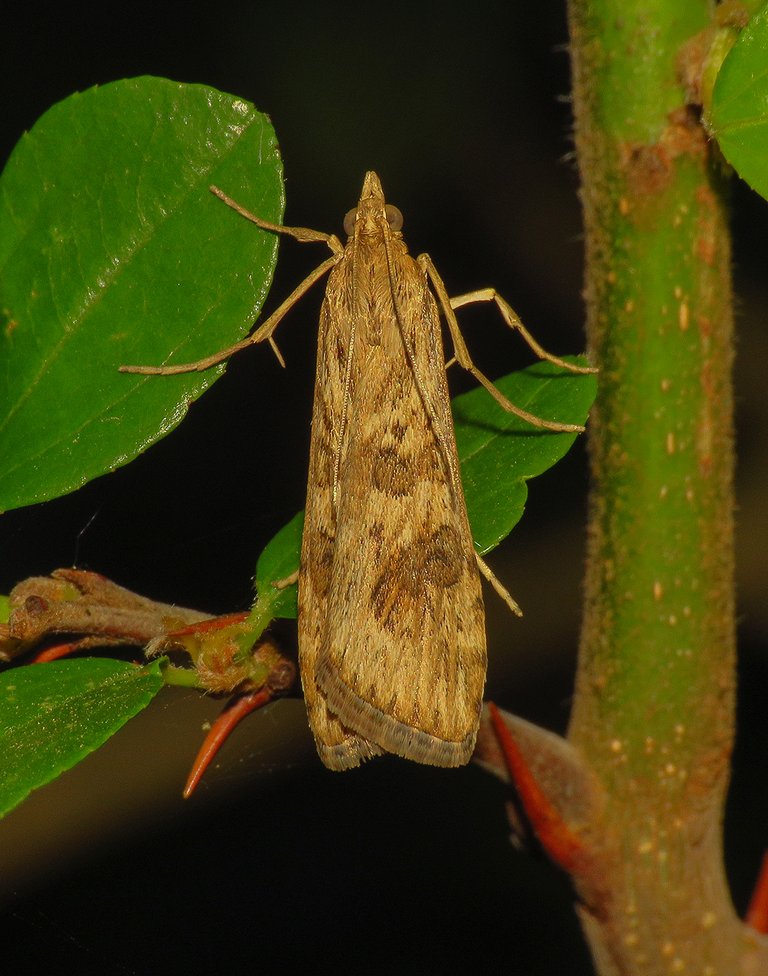
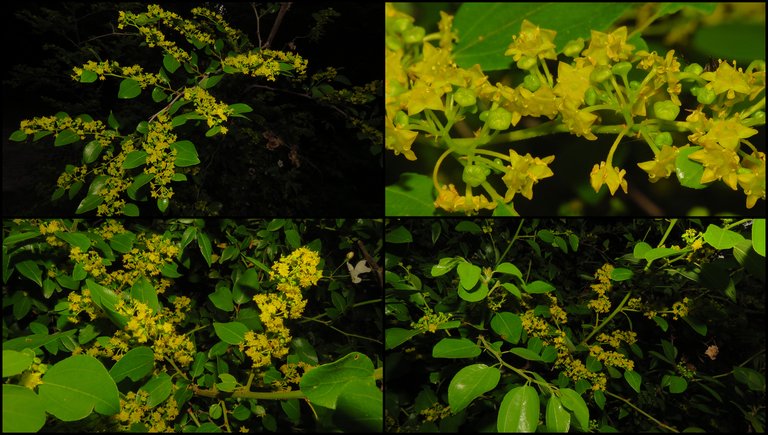
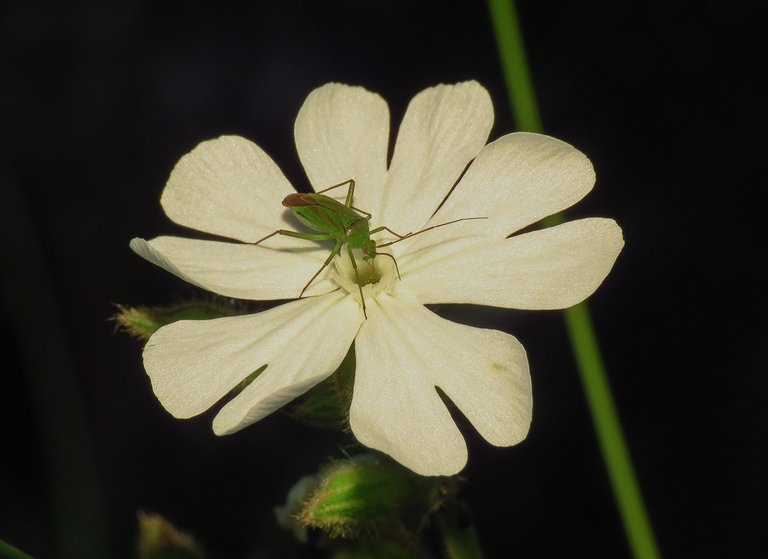
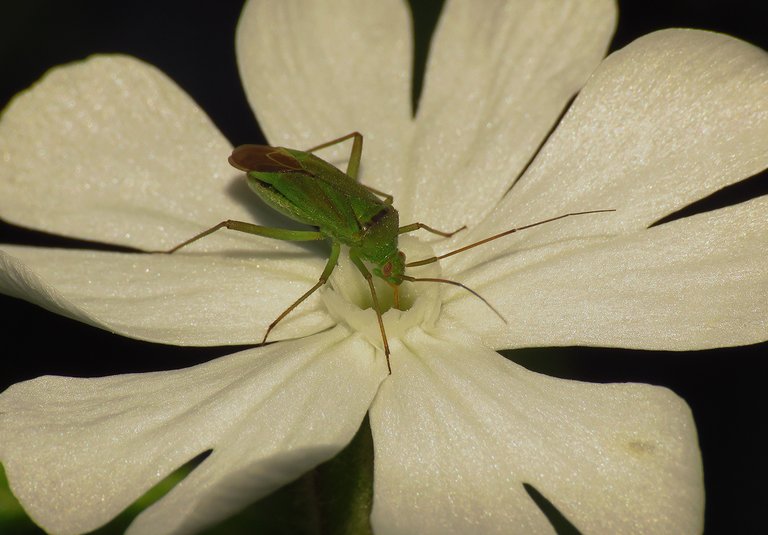
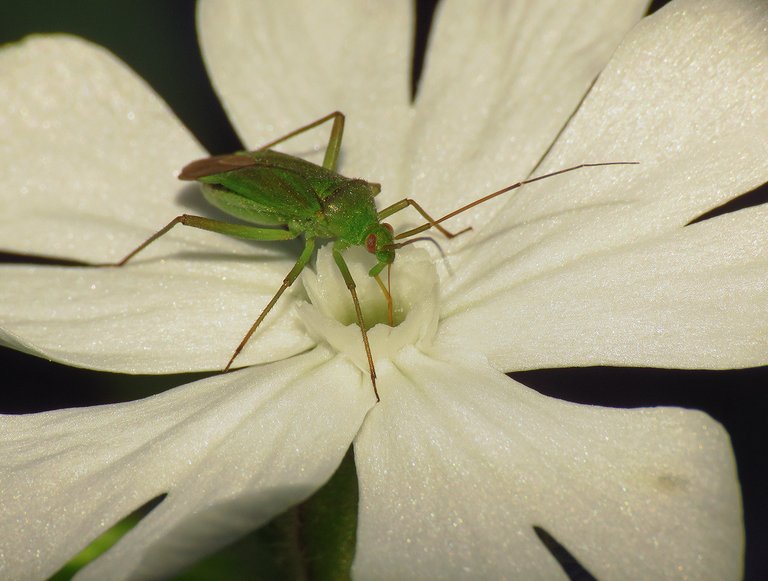
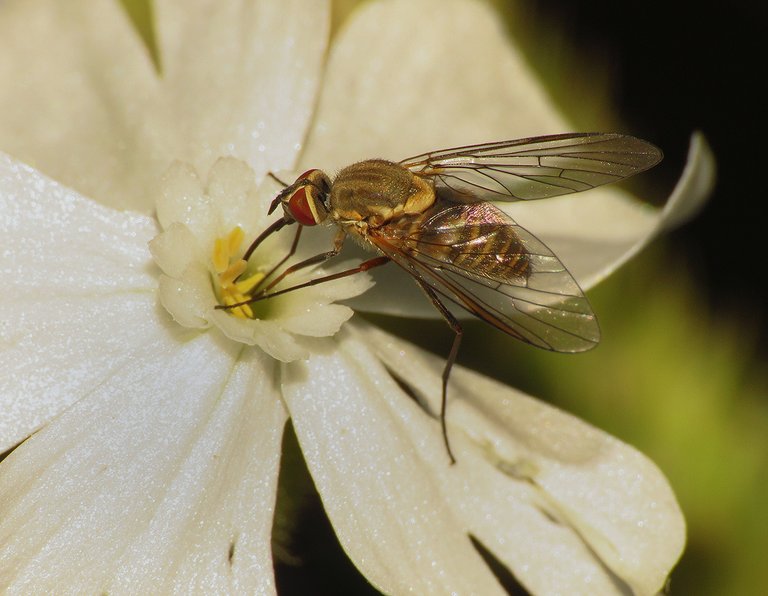
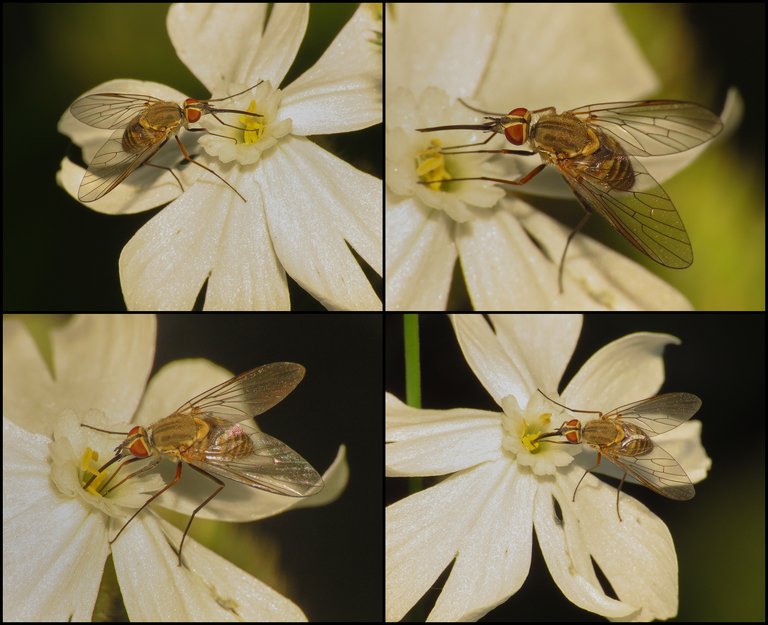
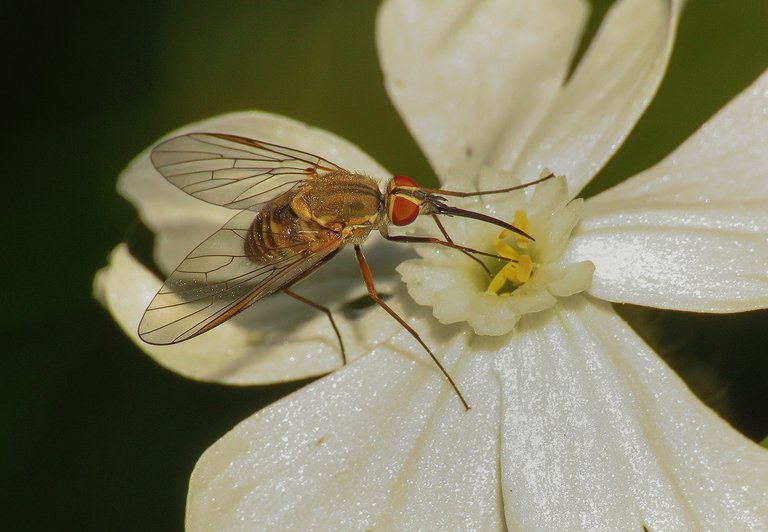
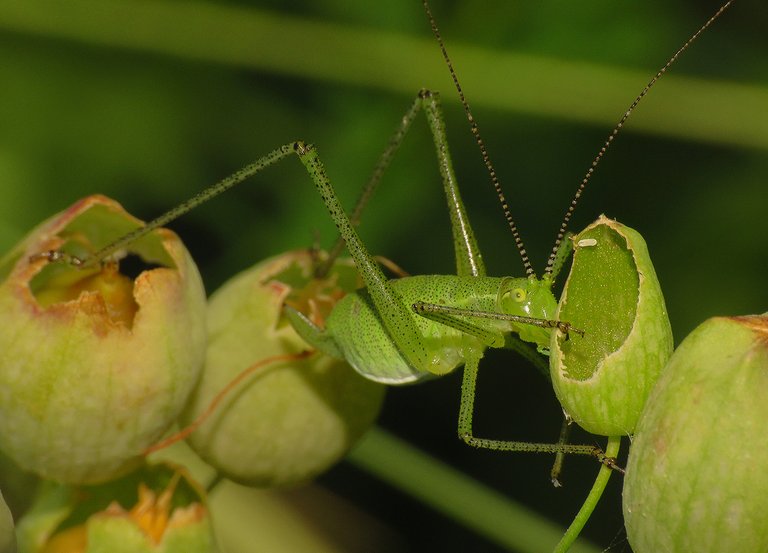
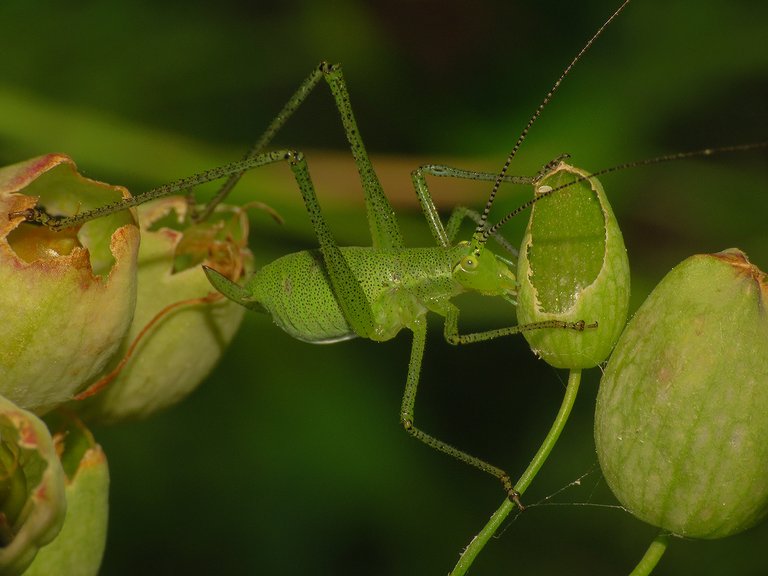
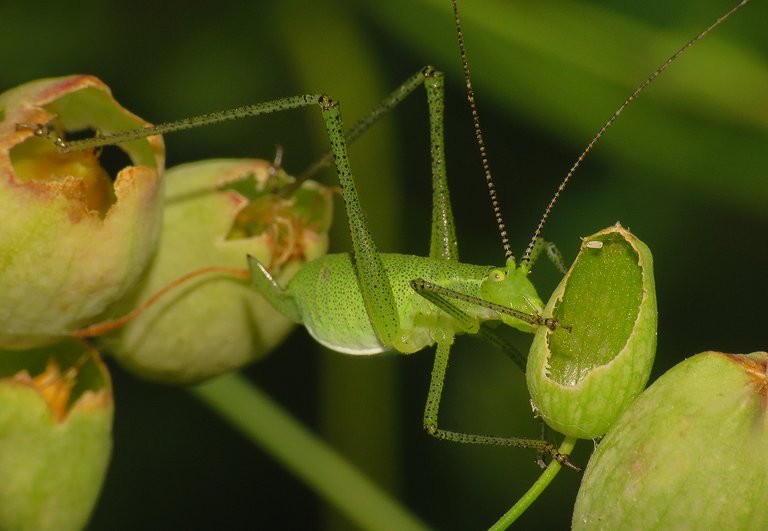
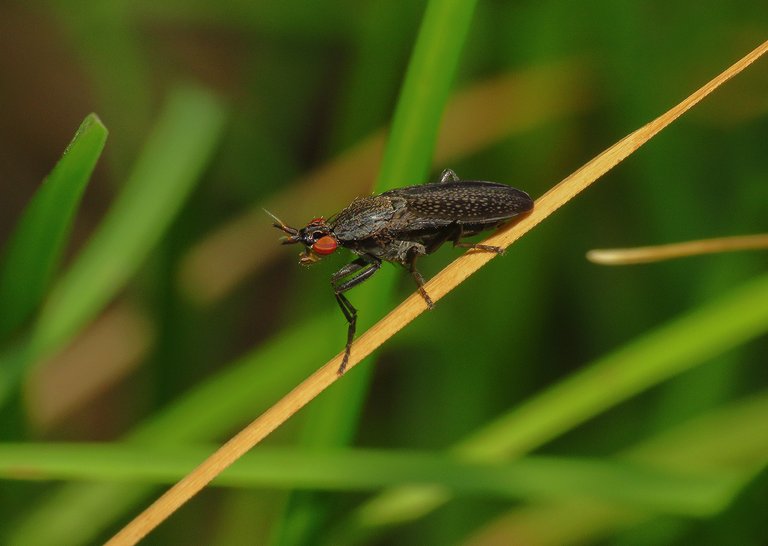
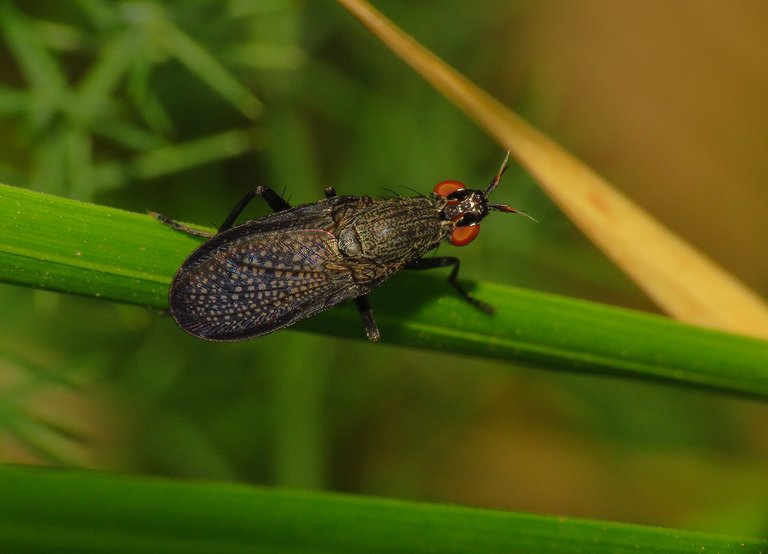
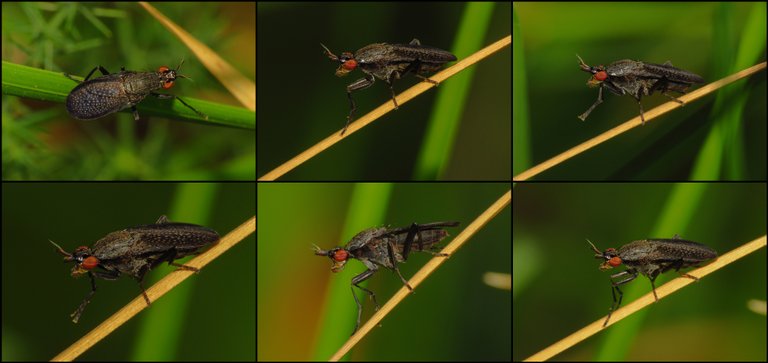

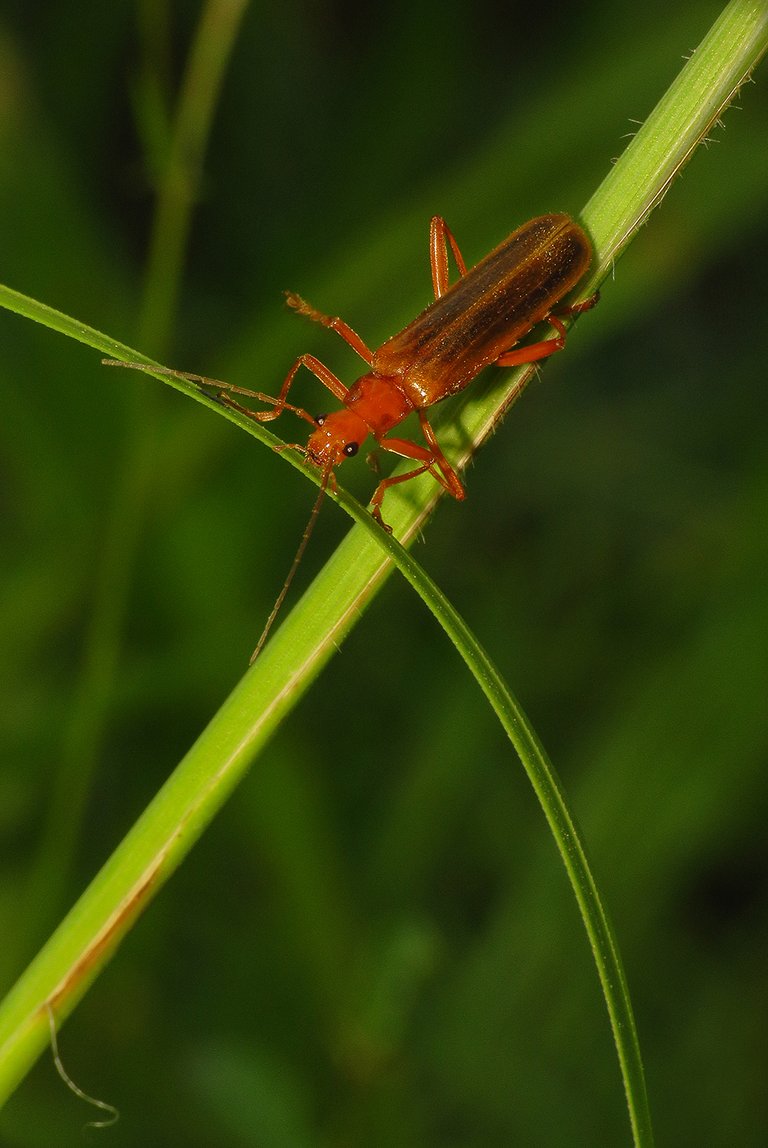
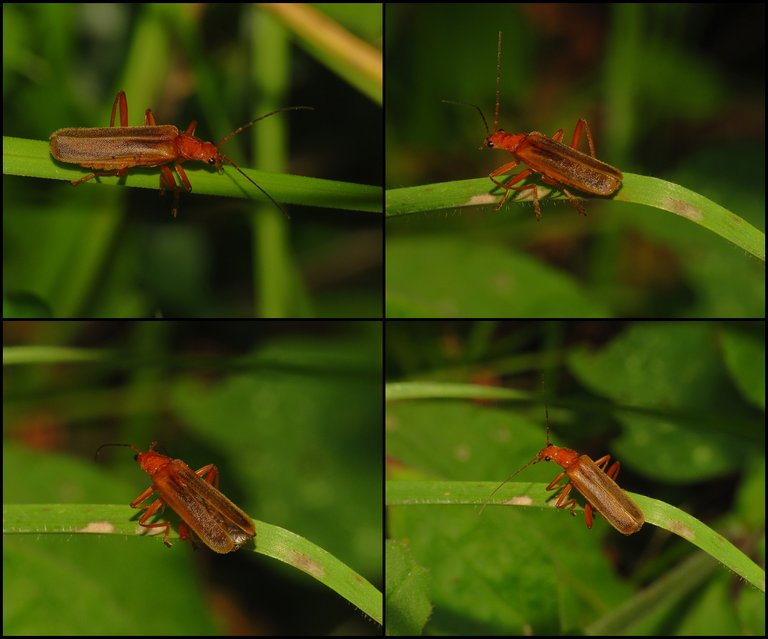

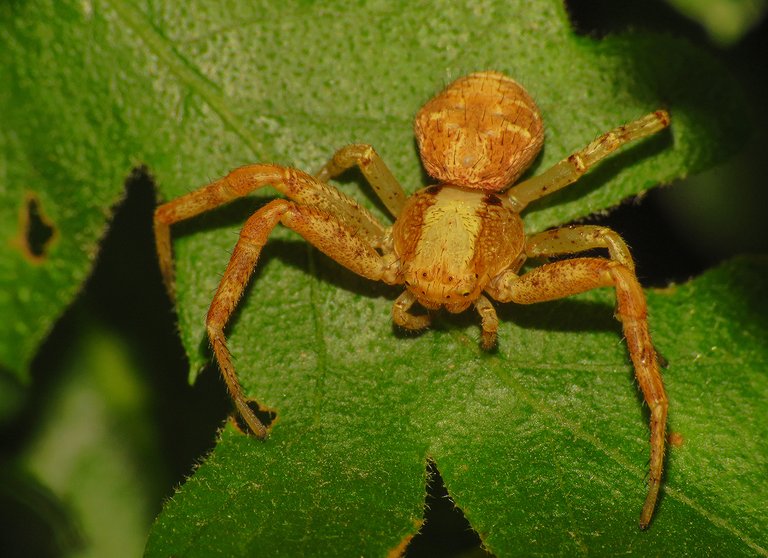

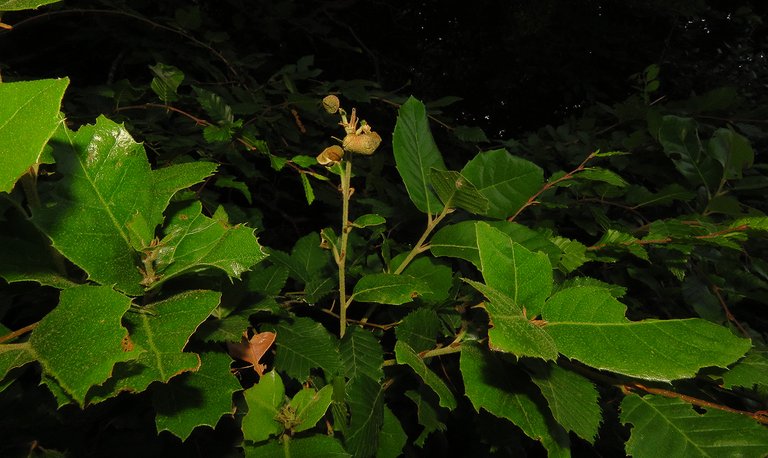
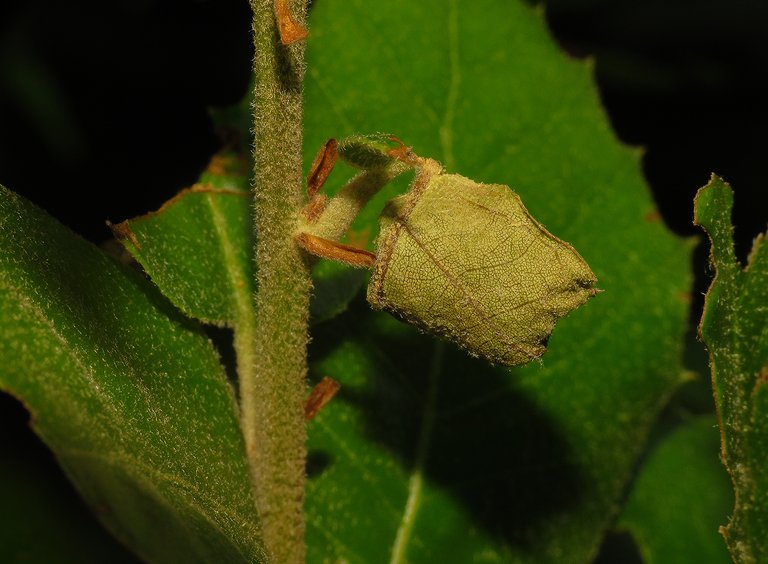



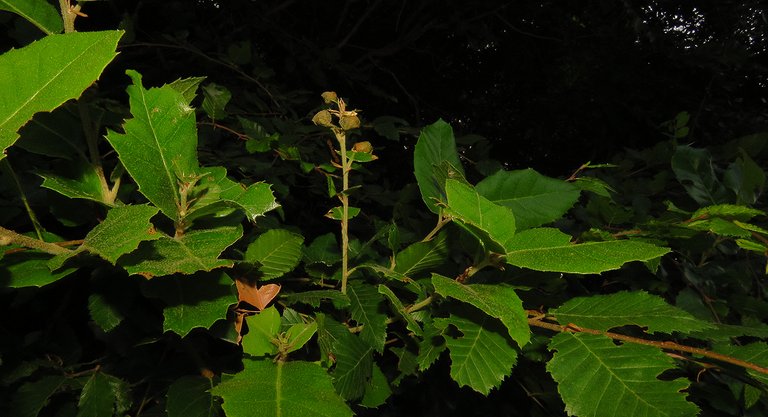
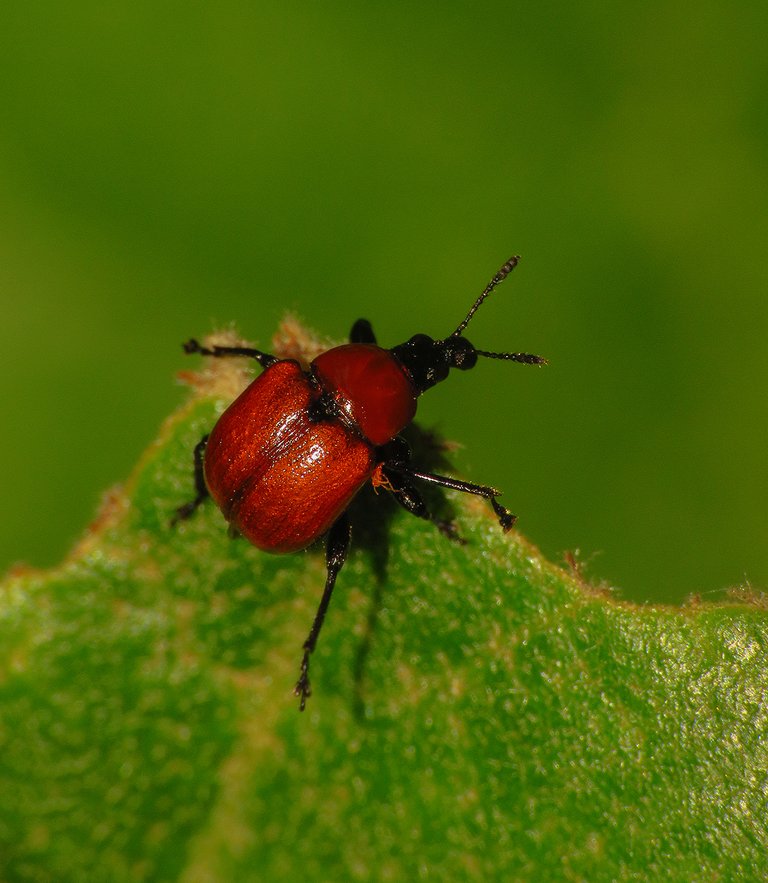
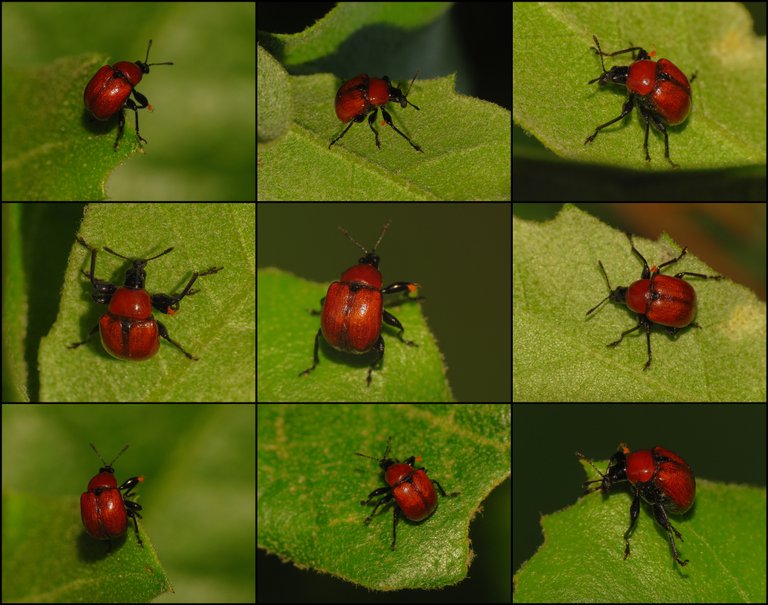


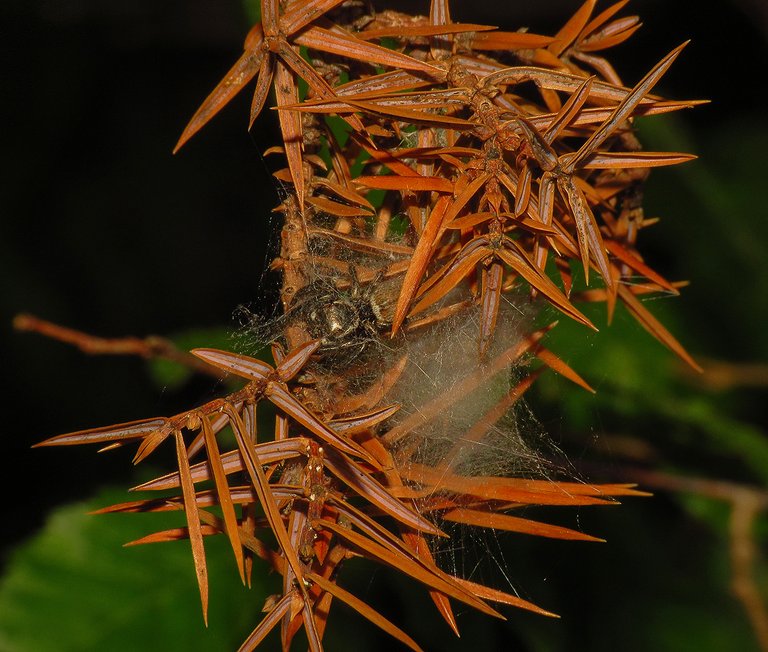
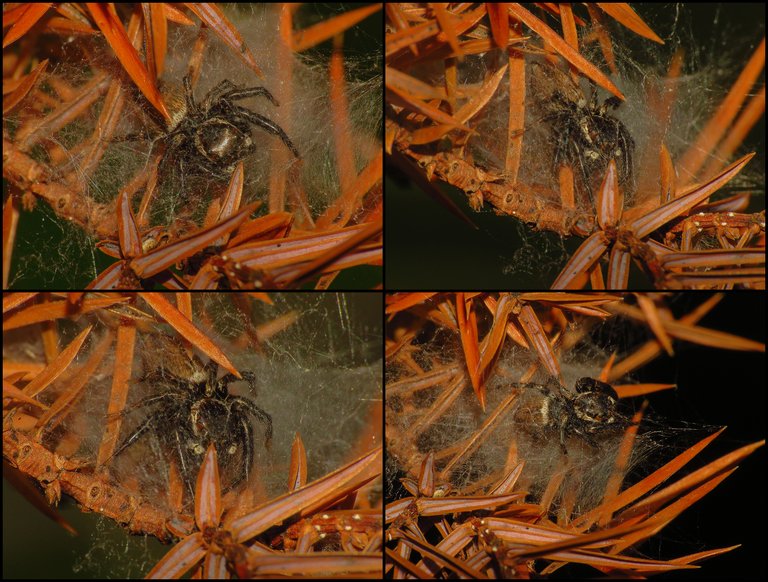
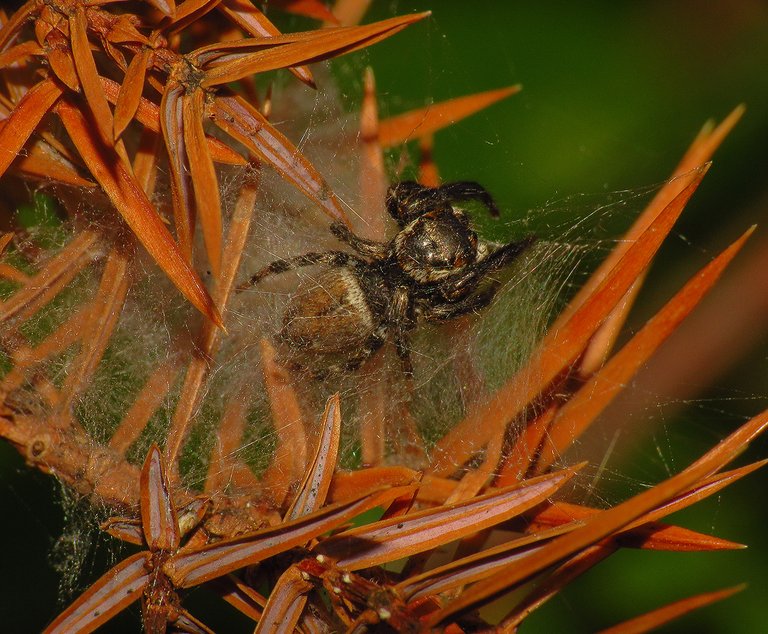

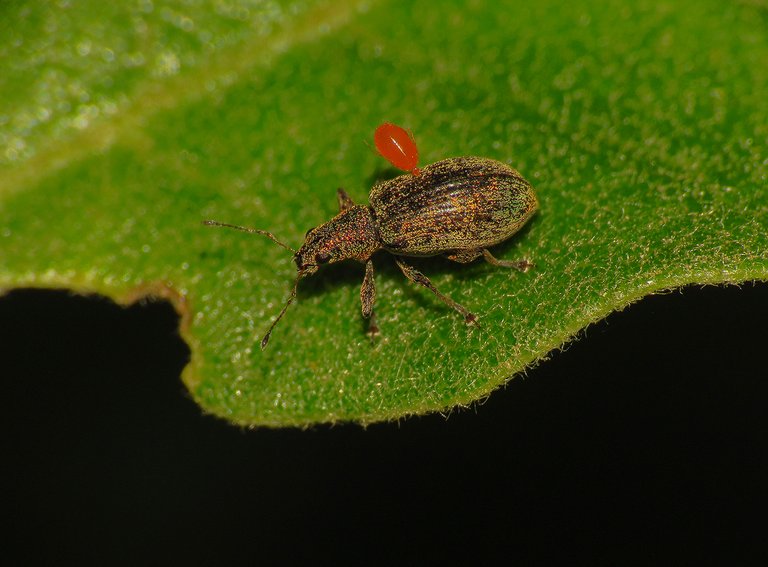
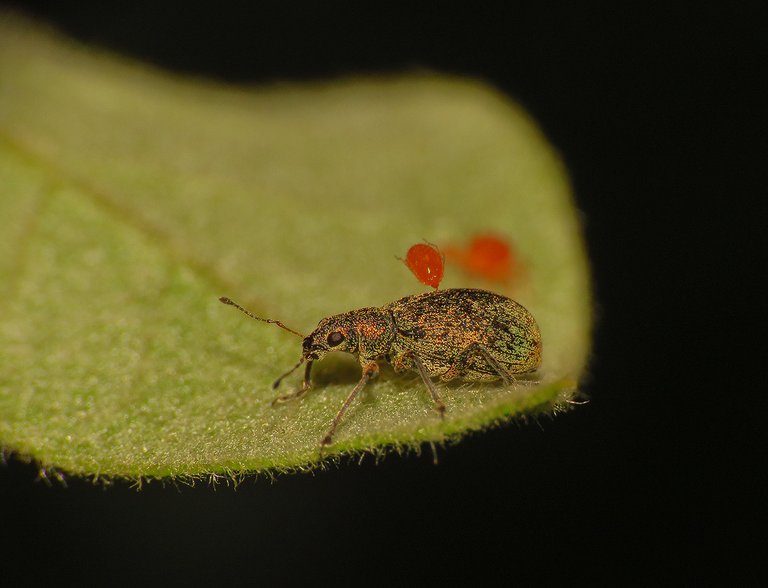
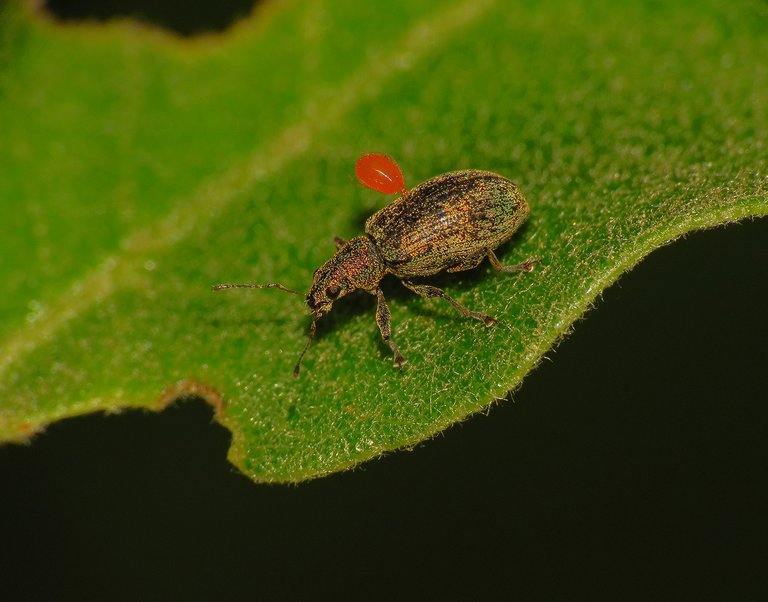
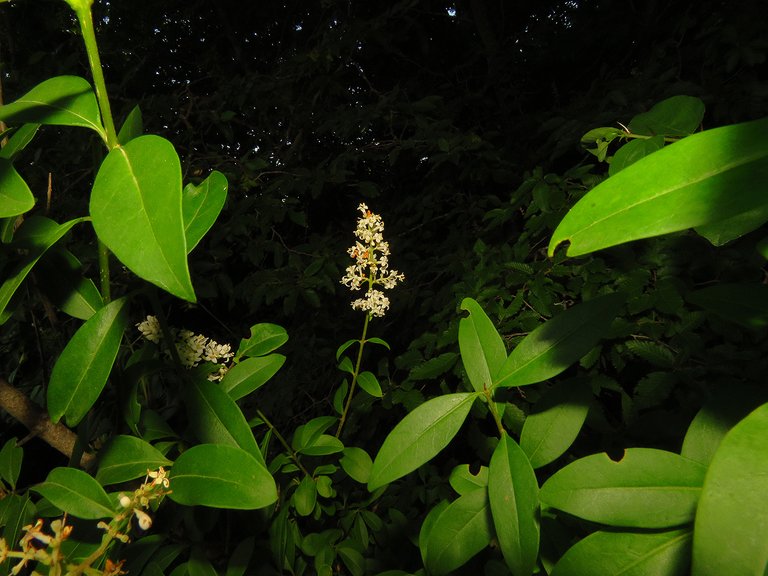
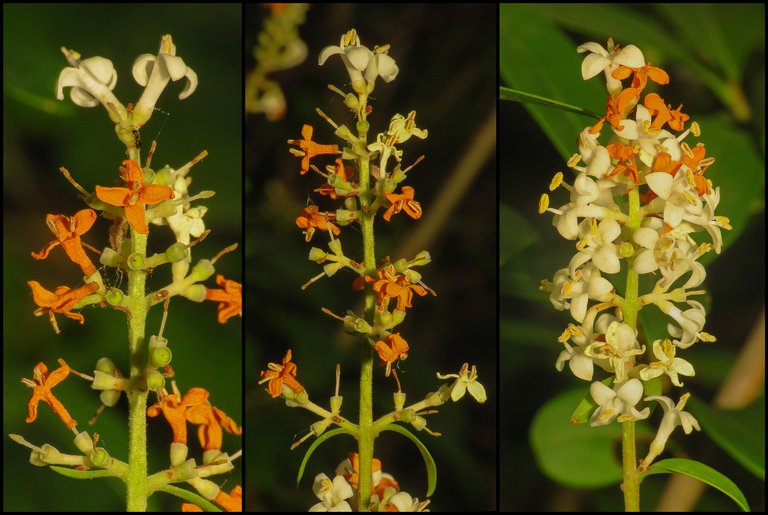
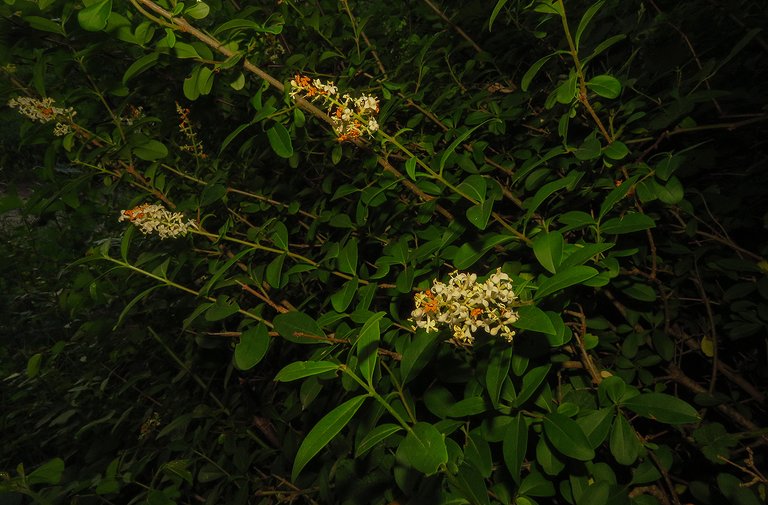
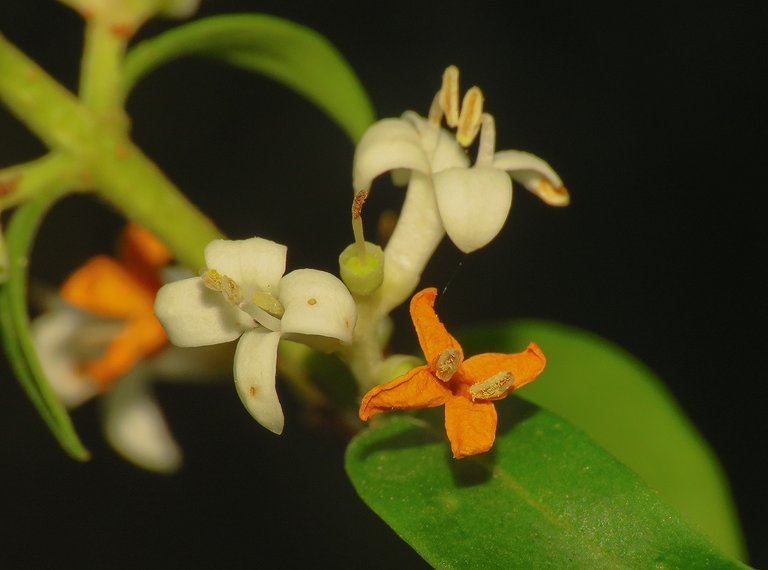
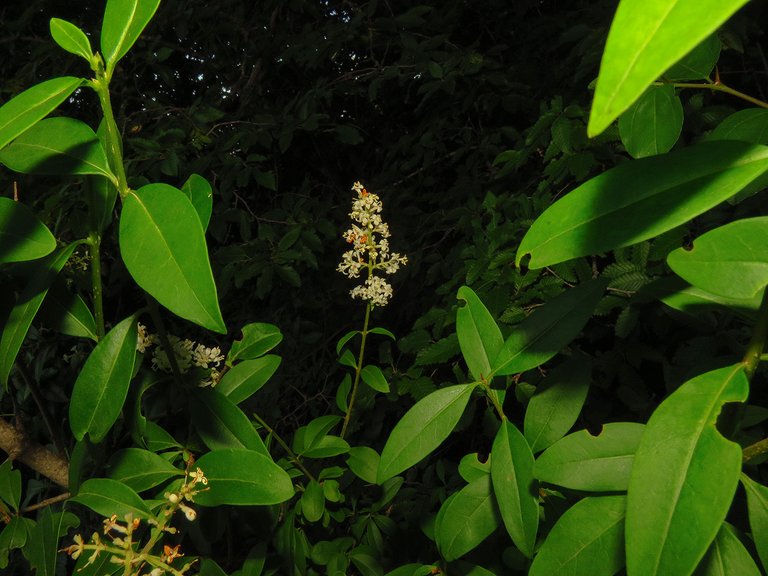
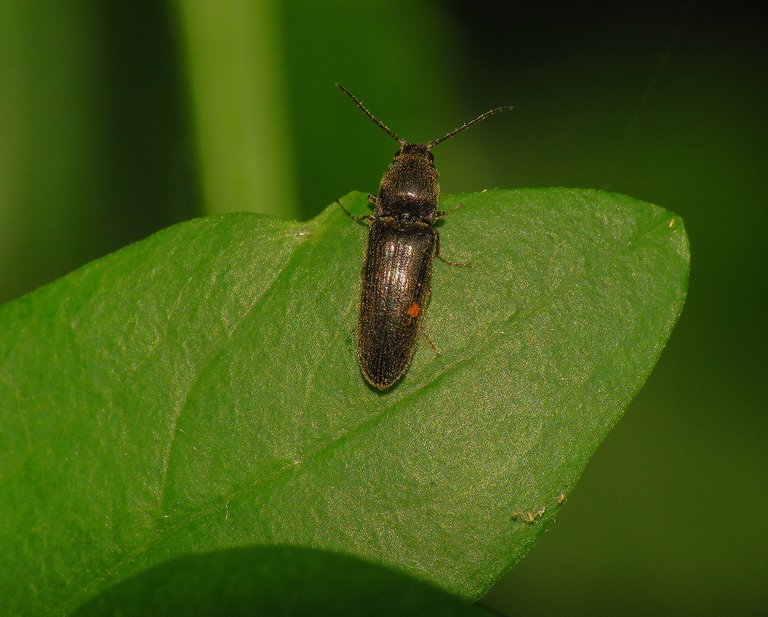
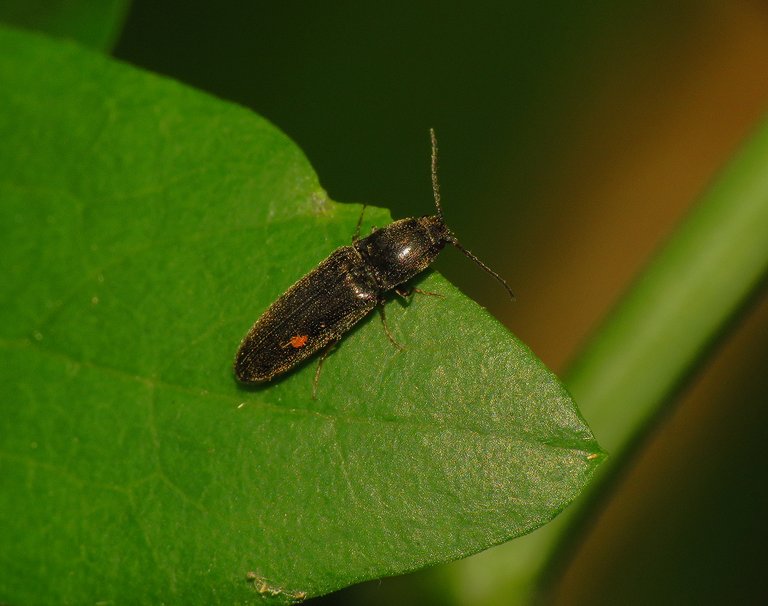
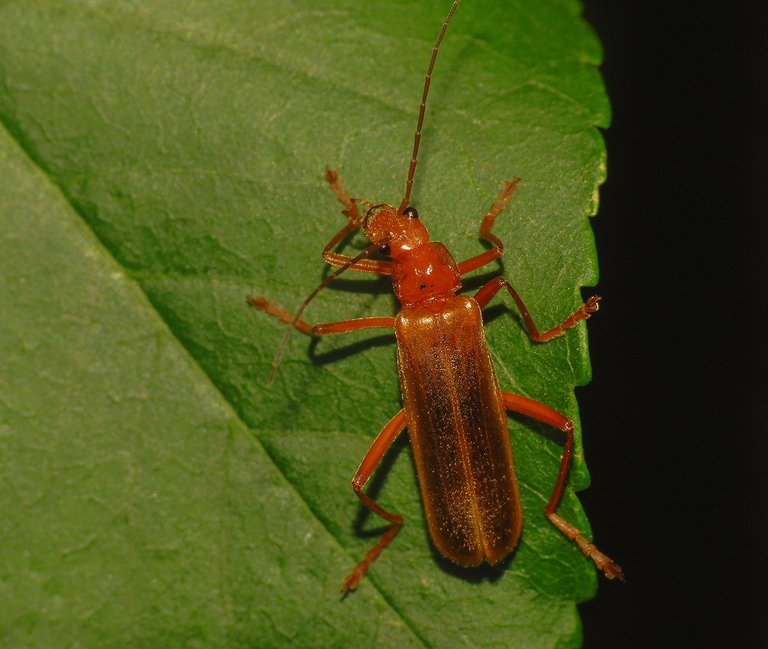
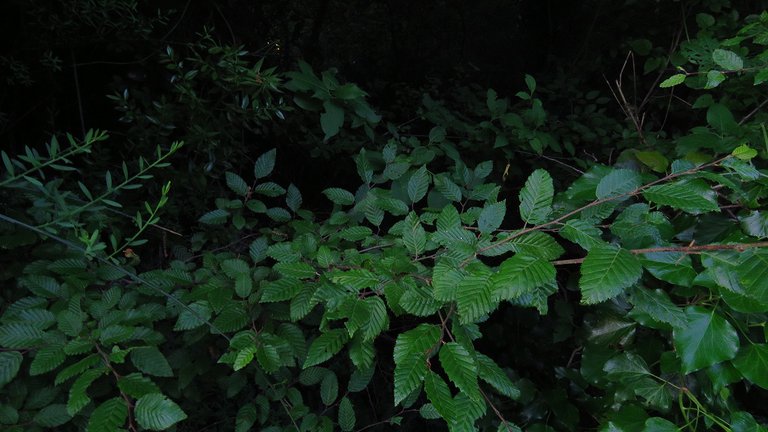
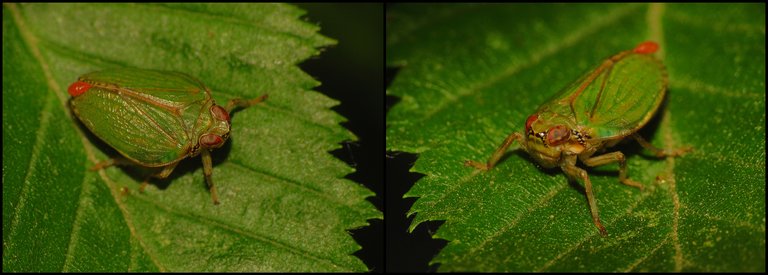
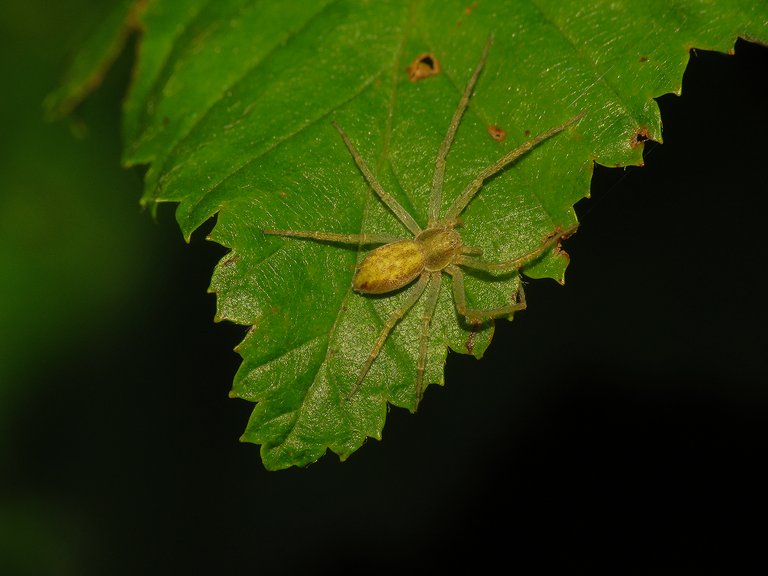
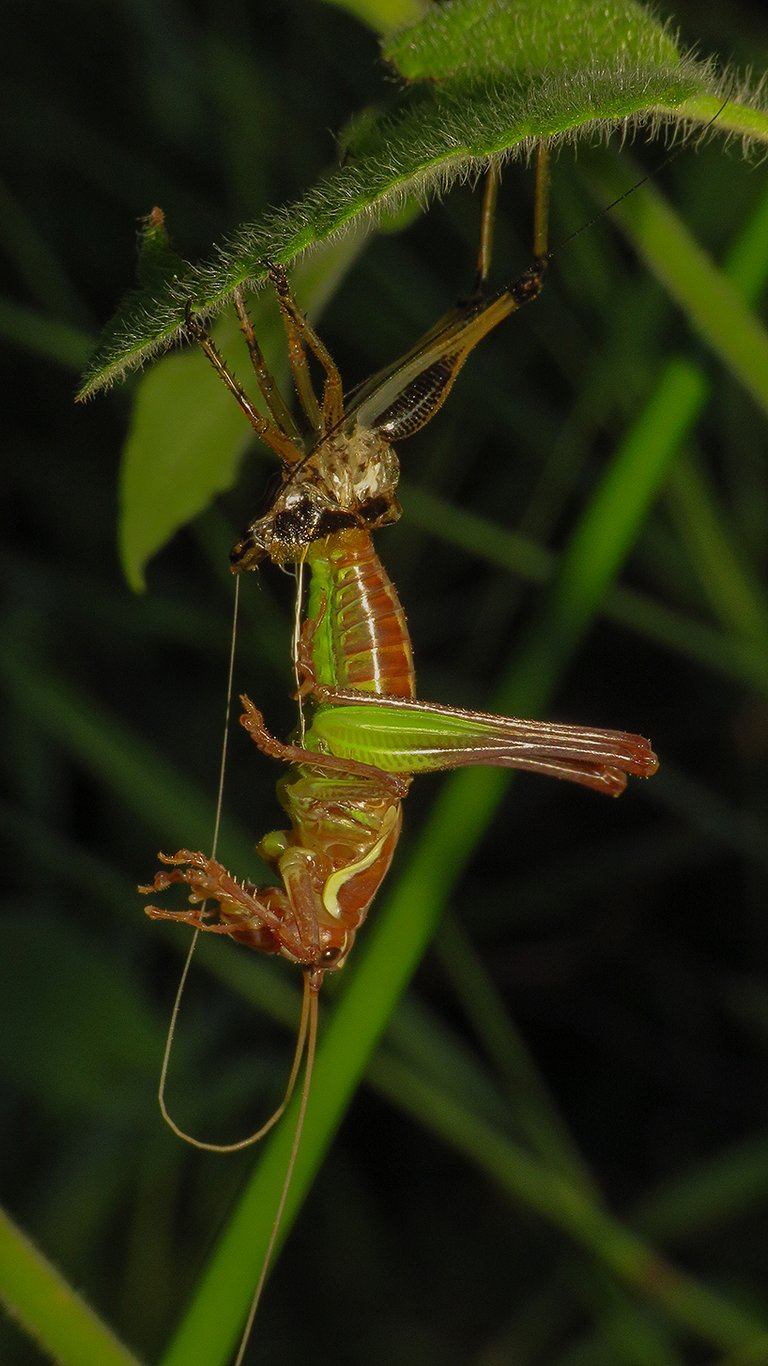
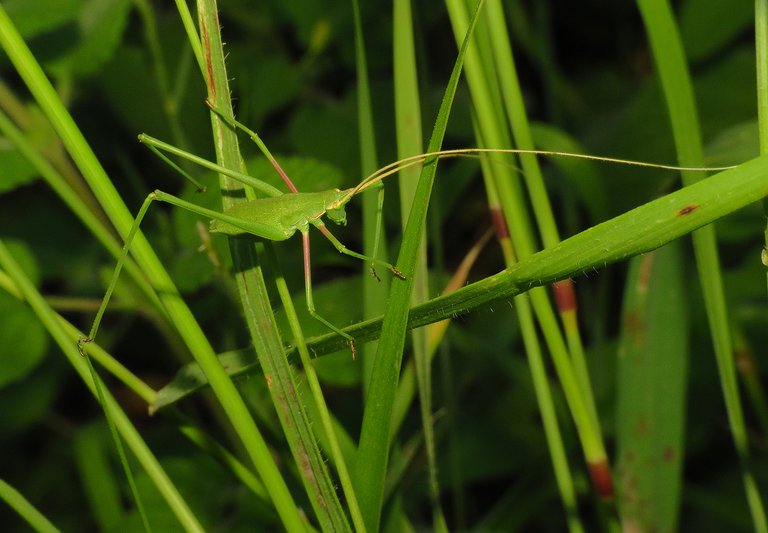
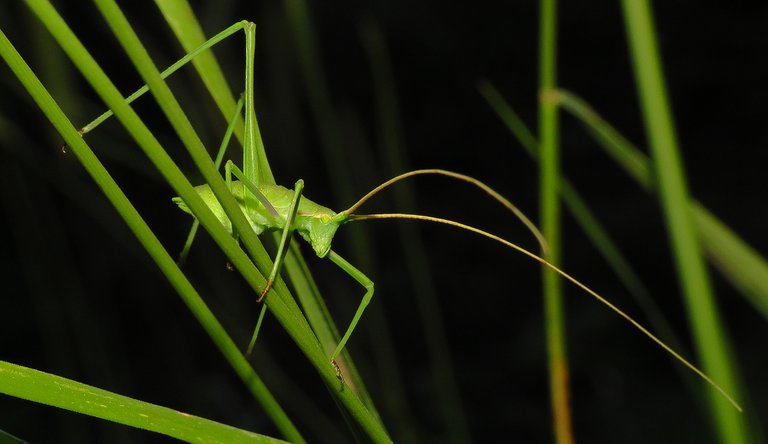
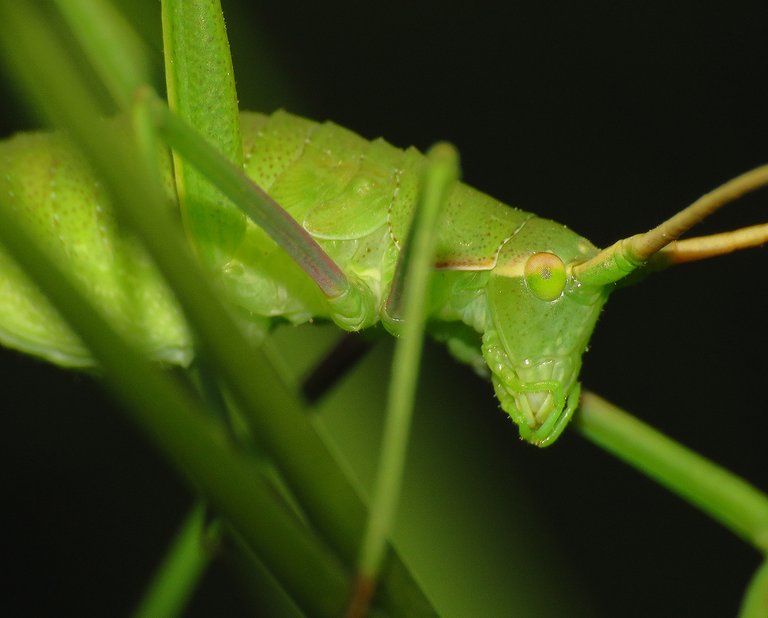
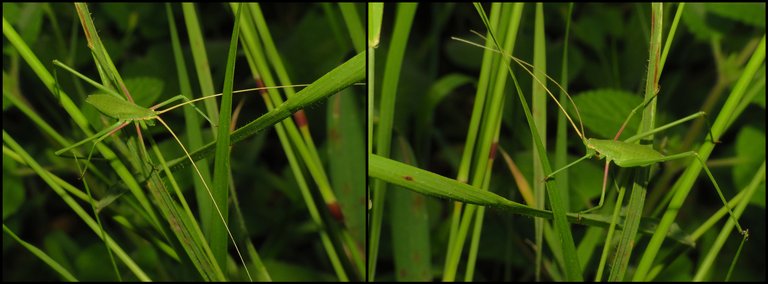
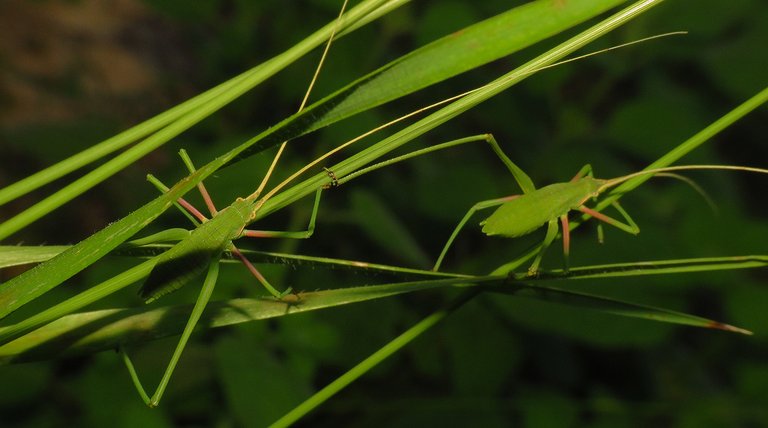
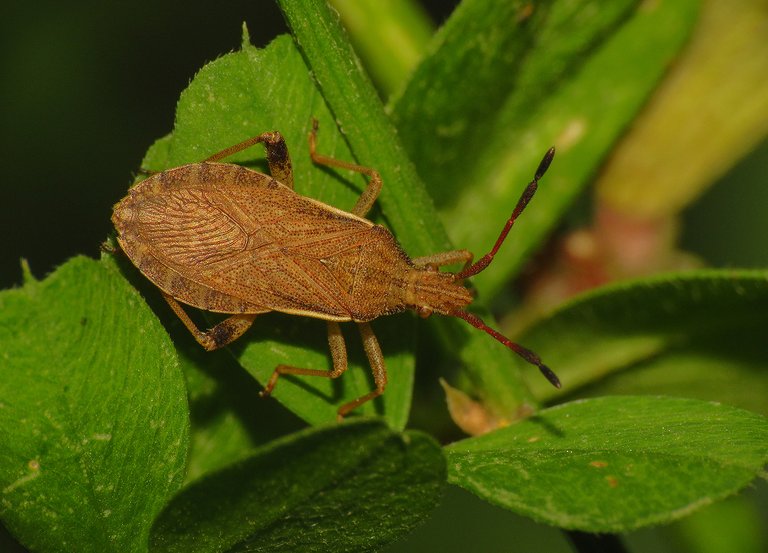
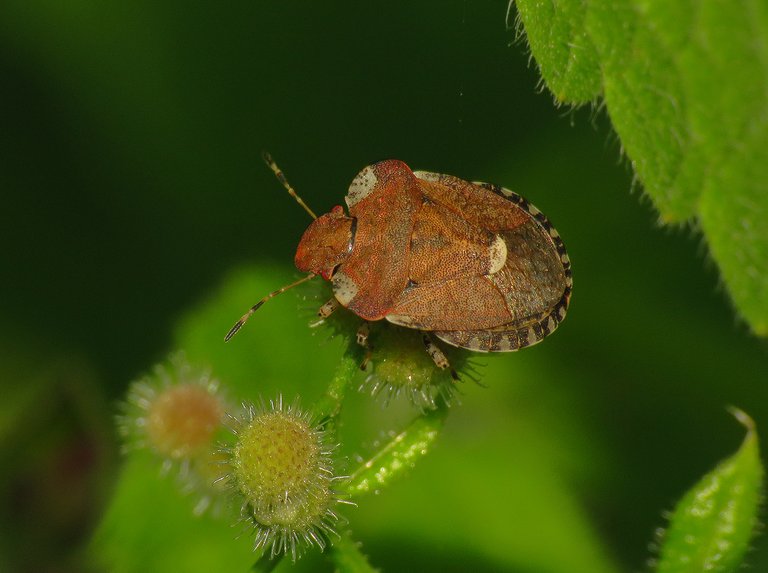
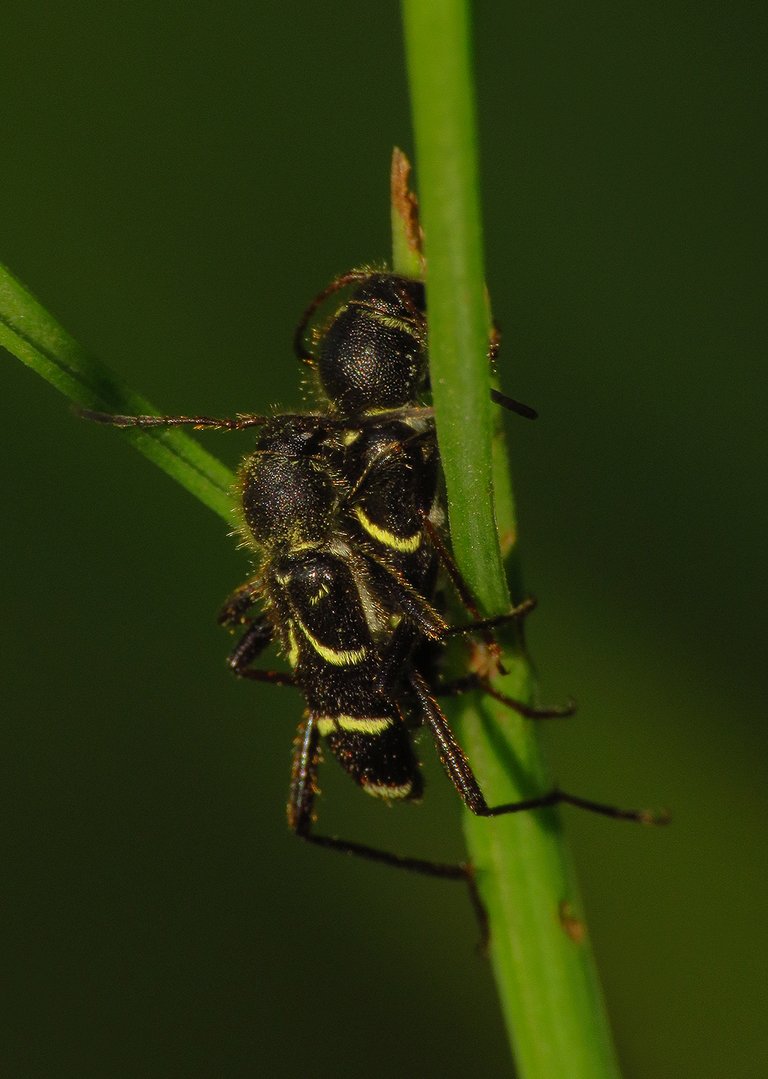

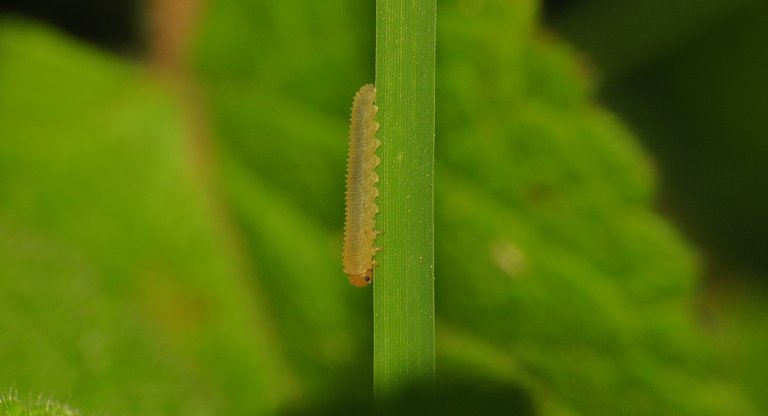
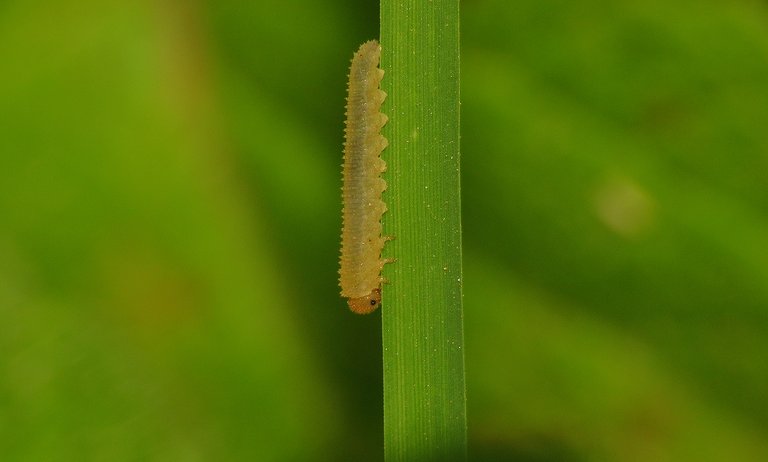
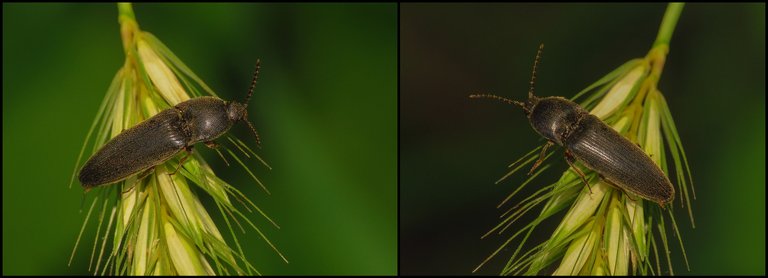

OMG! Great photography. Lots of photos.
Thank you. 🙂 Glad you like this macro stuff.
Welcome! You always do good. You are my inspiration.
It never ceases to amaze me the diversity of creatures you come across in those spaces... besides always being wonderful macro photos of course!... Thanks again for this kind of article, these are a delight to appreciate @borjan friend!
!discovery 30
!PIZZA
Thank you. 🙂 I love to photograph this macro stuff, but without organizing it in posts and having an audience that appreciates it here on Hive, it would be too aimless ... and I wouldn't learn much about the things I'm photographing. Glad you like this macro stuff, it means a lot.
This post was shared and voted inside the discord by the curators team of discovery-it
Join our Community and follow our Curation Trail
Discovery-it is also a Witness, vote for us here
Delegate to us for passive income. Check our 80% fee-back Program
$PIZZA slices delivered:
@jlinaresp(5/15) tipped @borjan
Come get MOONed!
As usual coming from you: IMPRESSIVE macro photography stuff!!!... Sending big applause!
How is it possible to take such beautiful pictures? I was amazed while scrolling through your post. So many pictures in one post. And all the pictures will capture the heart of any person. You have taken the pictures in such a beautiful way from the middle of the natural scenery which is truly admirable.
Thank you. 🙂 Glad you like this macro stuff.🌺🕷️🦋
Very cool post! I loved all of the pictures! That snake fly is interesting, I've never seen anything like it before. And the green spider with the perfect camouflage is really cool, I've never seen any spider that perfectly adapted to hide on plants.
This post must have taken a long time to compile, so much great stuff, well done!
!PAKX
View or trade
PAKXtokens.Use !PAKX command if you hold enough balance to call for a @pakx vote on worthy posts! More details available on PAKX Blog.
Yes 🙂 I worked on it every day for an hour ... and I don't remember how many days ...
This post has been manually curated by @bhattg from Indiaunited community. Join us on our Discord Server.
Do you know that you can earn a passive income by delegating to @indiaunited. We share more than 100 % of the curation rewards with the delegators in the form of IUC tokens. HP delegators and IUC token holders also get upto 20% additional vote weight.
Here are some handy links for delegations: 100HP, 250HP, 500HP, 1000HP.
100% of the rewards from this comment goes to the curator for their manual curation efforts. Please encourage the curator @bhattg by upvoting this comment and support the community by voting the posts made by @indiaunited.
Sending you Ecency curation votes.😉

🙂 Thank you.
So many shots and all are just beautiful especially that crane fly shot 😀👍
🙂
Every animals picture is Great and good photography bro..?
Thank you. 🙂 Glad you like the post.
I saw the radiant beauty in every picture shared in your post and I liked these beauties very much. But in a short time I got to see the beauty of many different types of insects in many natural environments. I wish you all the best. Thank you friend for sharing such beautiful pictures.
🙂
Excellent post! I was impressed by the great photos and rare animals. Nature seems to come alive in your camera
Interesting post my friend, in the first photos you can see that the thick foliage makes everything look darker, a beautiful environment and also somewhat terrifying for some; however, these are the places that arthropods love the most hahaha. Excellent photographic repertoire, the details of the plants, insects and arachnids are very well appreciated, even the small parasitic arachnids (mites) carried by some beetles. Happy week @borjan.
Hehehe yes, the dark atmosphere of the forest makes the place look foreboding and mysterious, but it is actually nice there.

It took me about twenty minutes to complete checking all the pictures
It is worth it. They are beautiful and your way of taking pictures makes them look more beautiful
Thank you. 🙂 Glad you took the time to see all this macro stuff and found the post interesting.

The pictures didn’t load fast but all my wait was worth it
You have never taken a bad photograph and that’s why I enjoy your pictures
Nice one!
🙂
Stunning photos! I have to check on Hive.blog because Ecency won't show the pictures on my end.
So many insects with beautiful shots taken and I think this was captured in the evening. I would like to know how you get ideas of thee plants and insects names.
There are internet sites and searches that can help you identify various species through images. You can learn a lot that way.
Ok thanks a lot.
I always learn something new. You have a way of turning even the tiniest invertebrates into stars of the forest. Another amazing post from you!🤗
Thank you. 🙂 Glad you find these posts about nature interesting.
You’re welcome!🙂 I really enjoy reading them.💕
https://x.com/jewellery_all/status/1953180061563285842
https://x.com/lee19389/status/1953221561693118583
#hive #posh
What beautiful insects, lies hahaha, well I'm honest you know, I'll stick with the other photos...Here I am thinking, if I were you, I would think... @lupega comes to my posts, knows there are insects, talks bad about them , well NOT so much hahaha ...I'm going to ignore him...I better NOT give you ideas hahaha
Hey, I better NOT bother you anymore.
A big hug
Imagine the diversity in nature, this is the power and beauty of green, I love these pictures